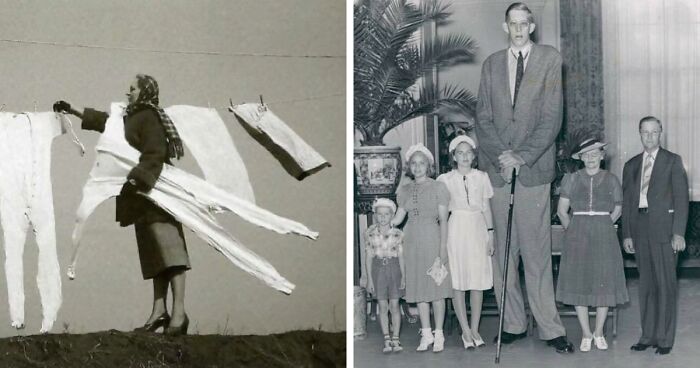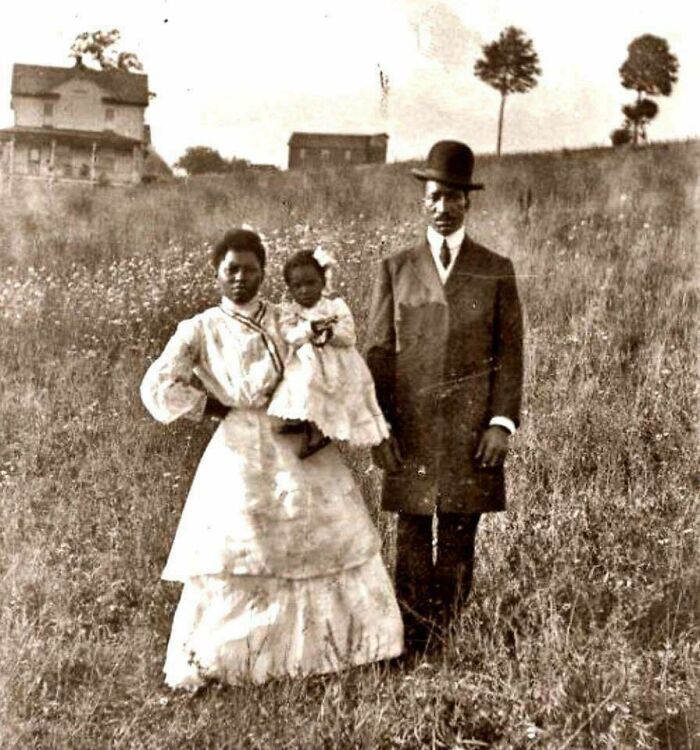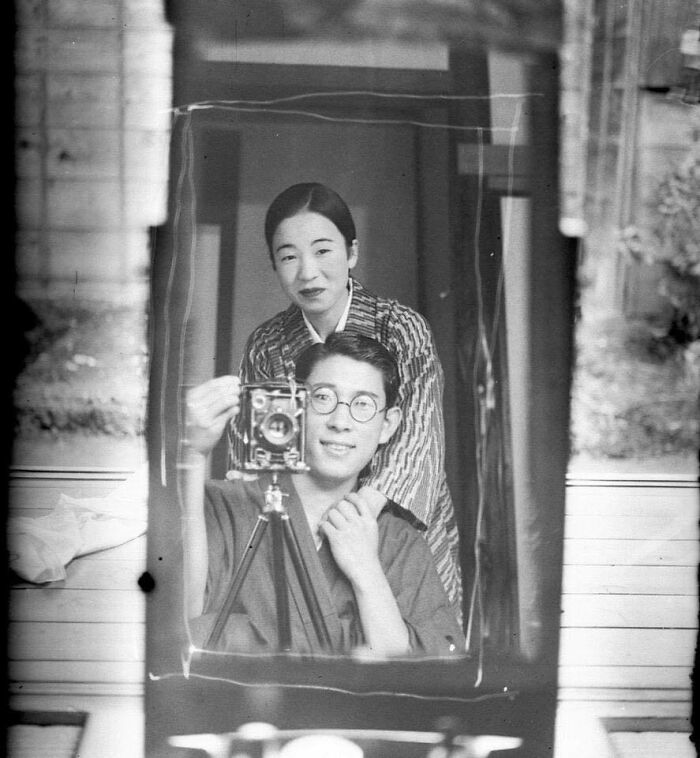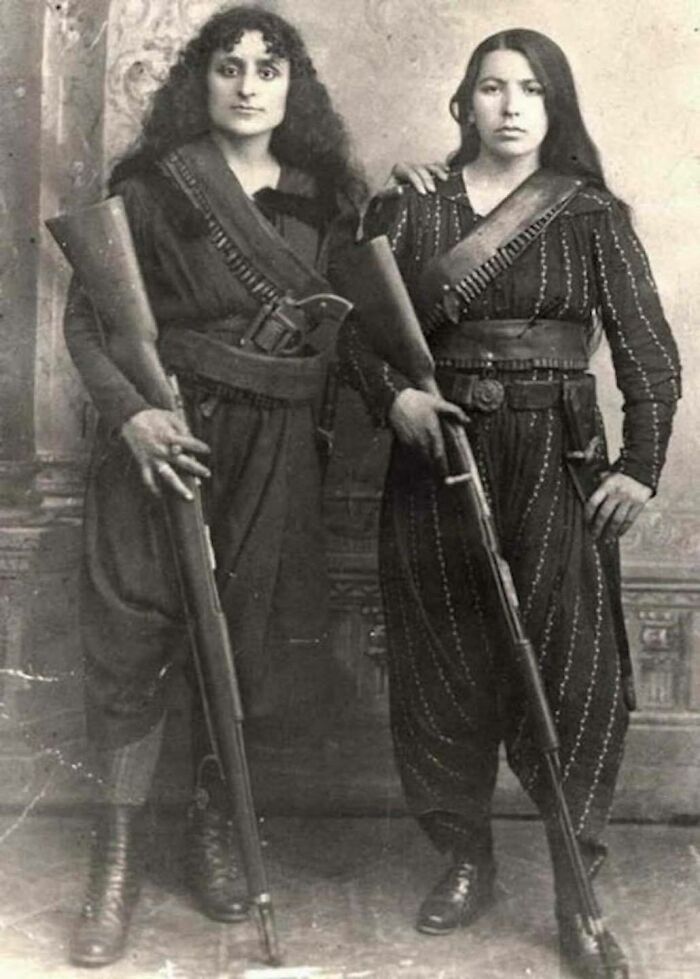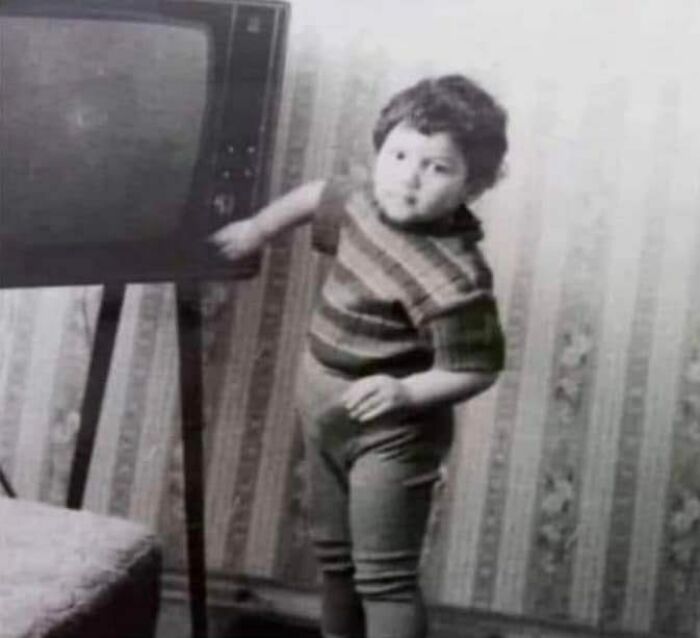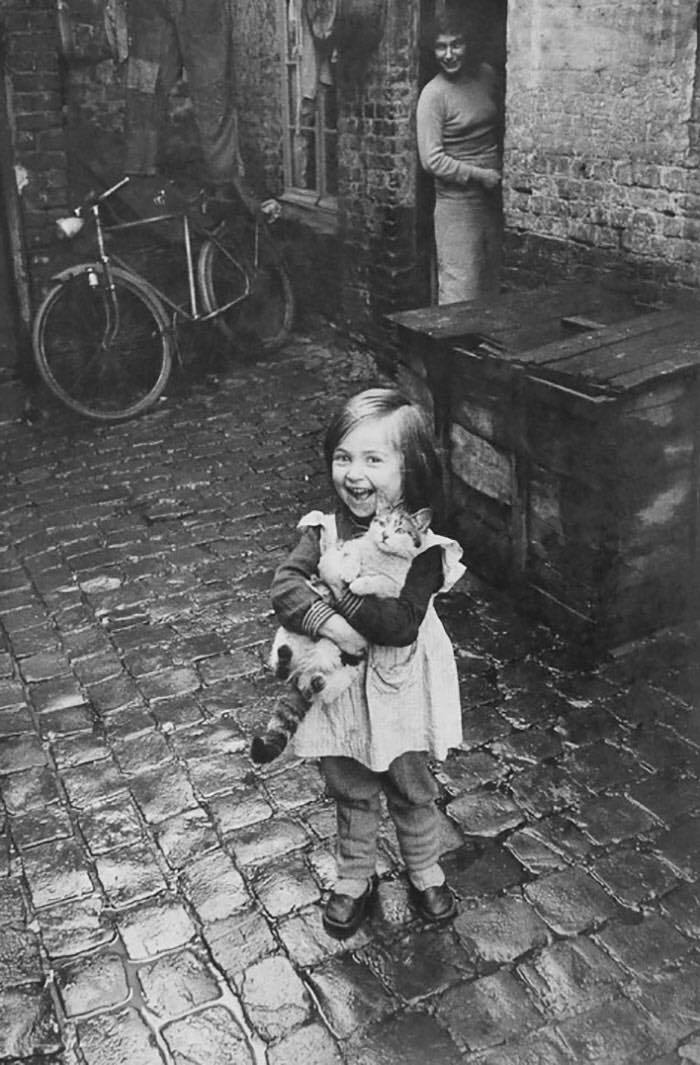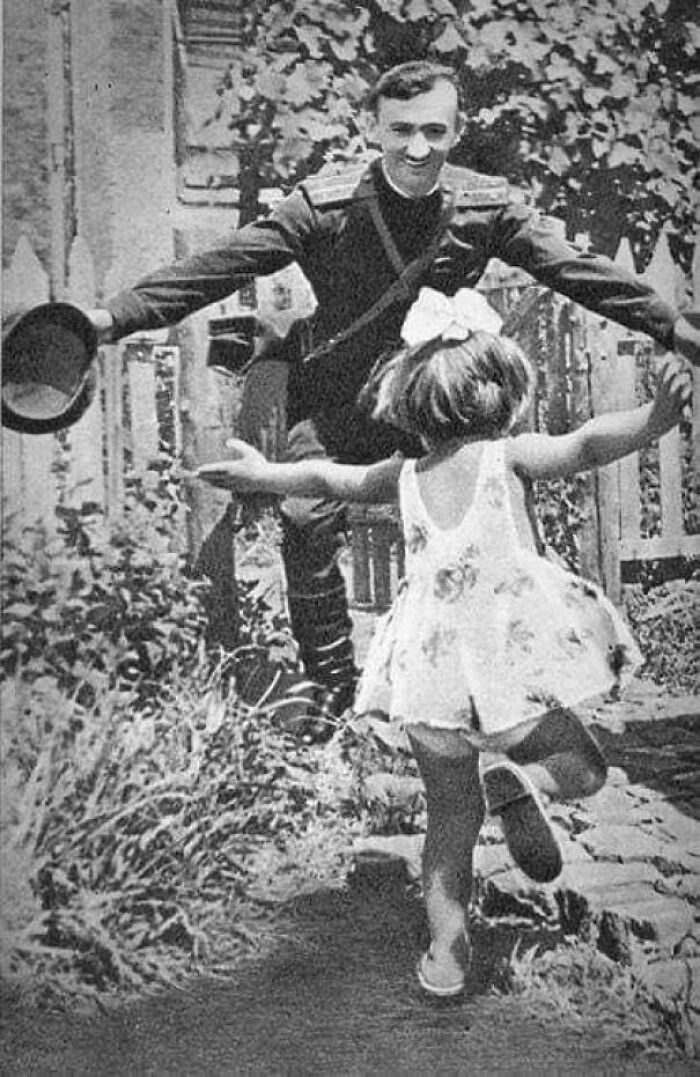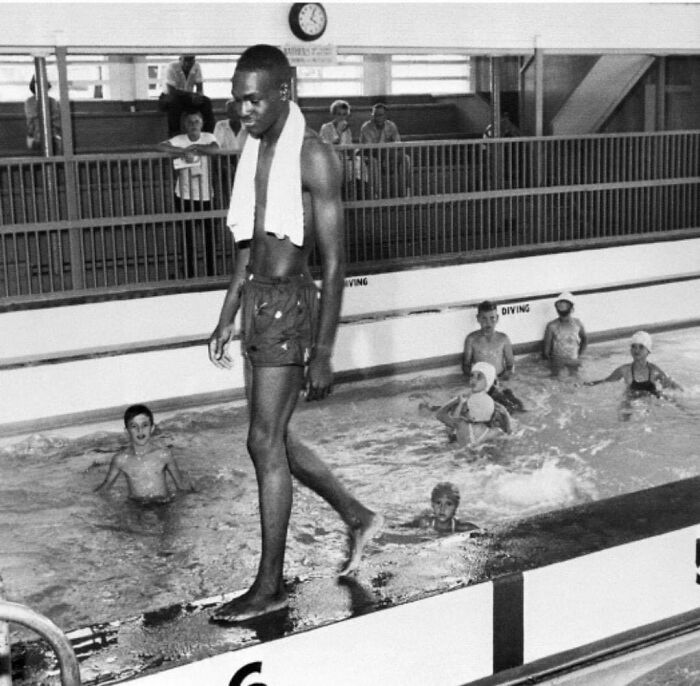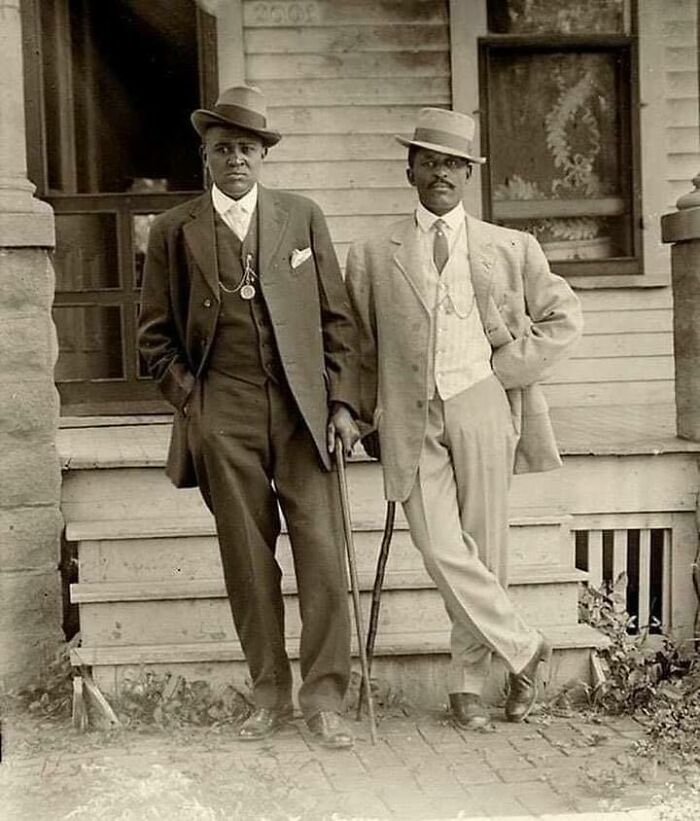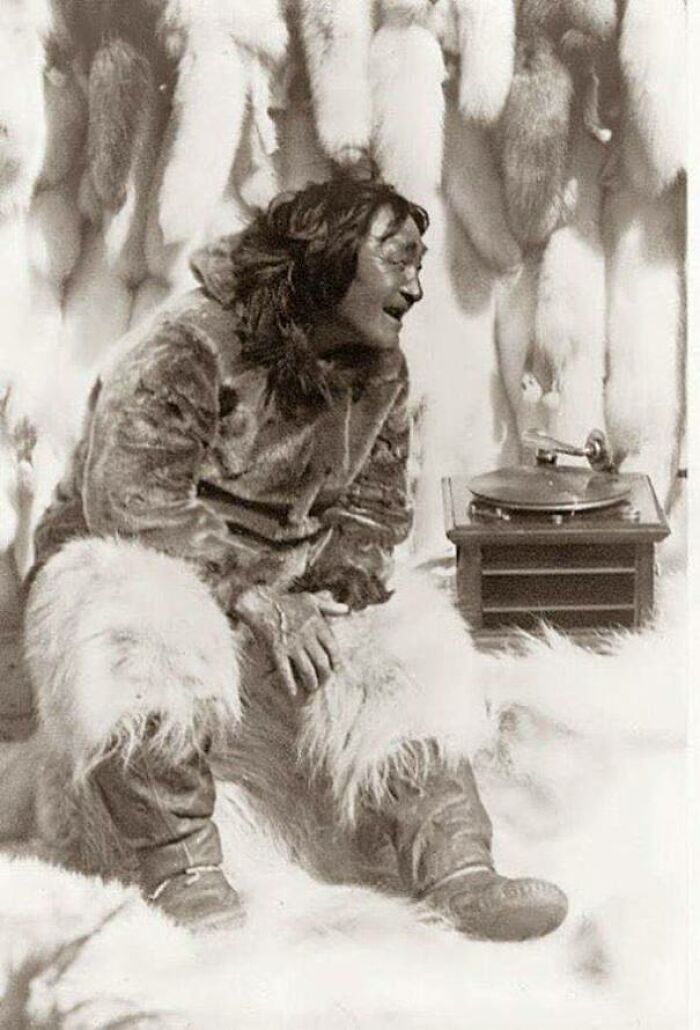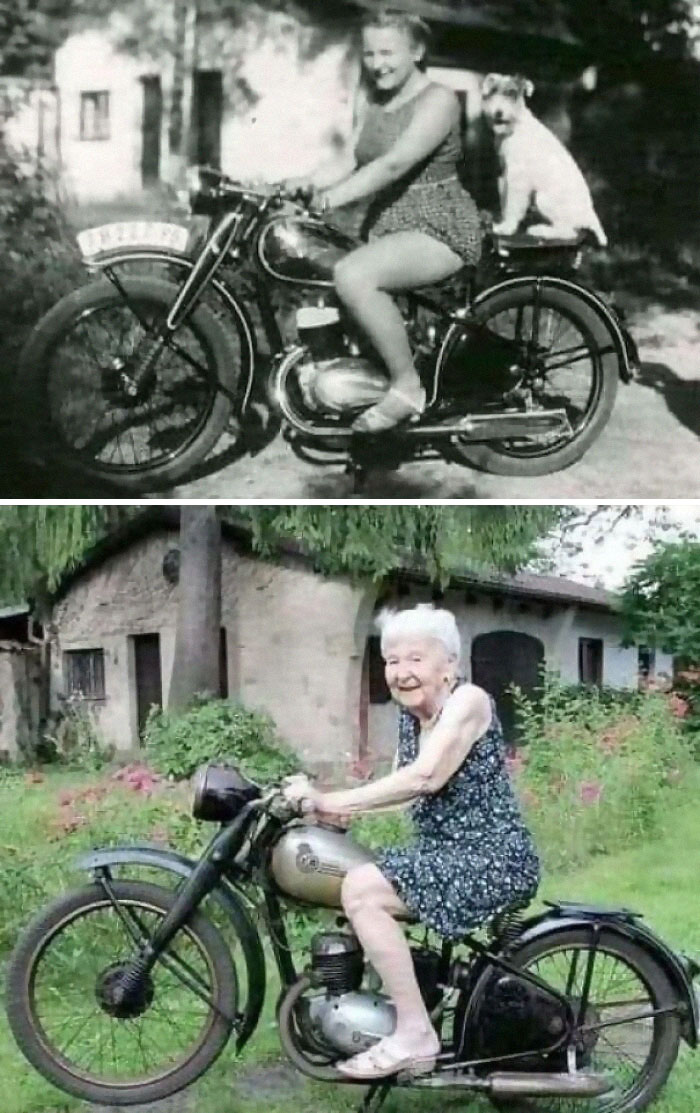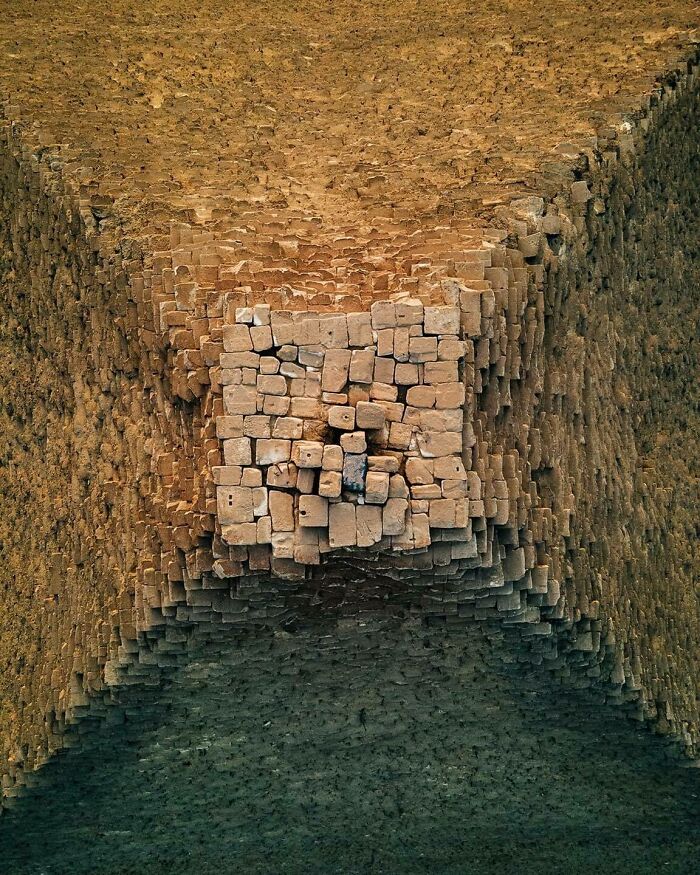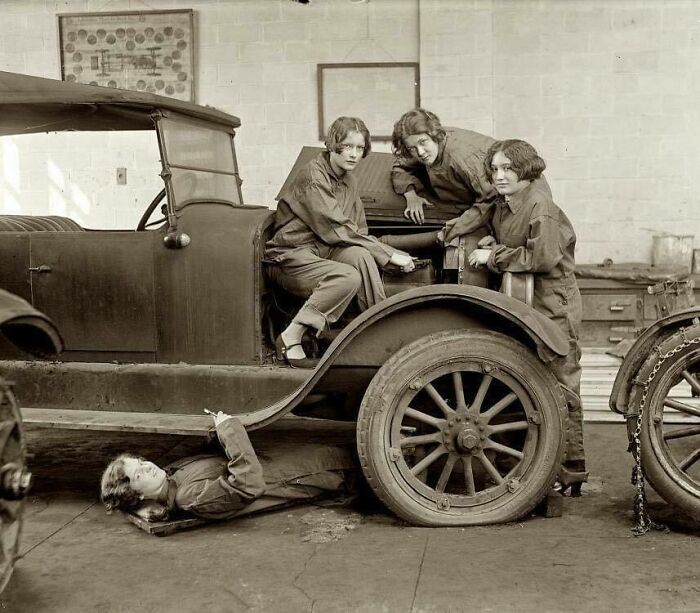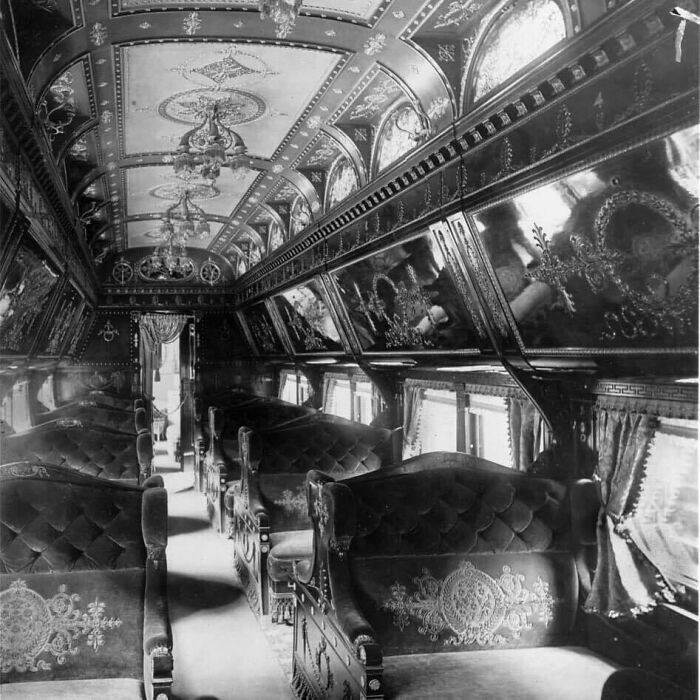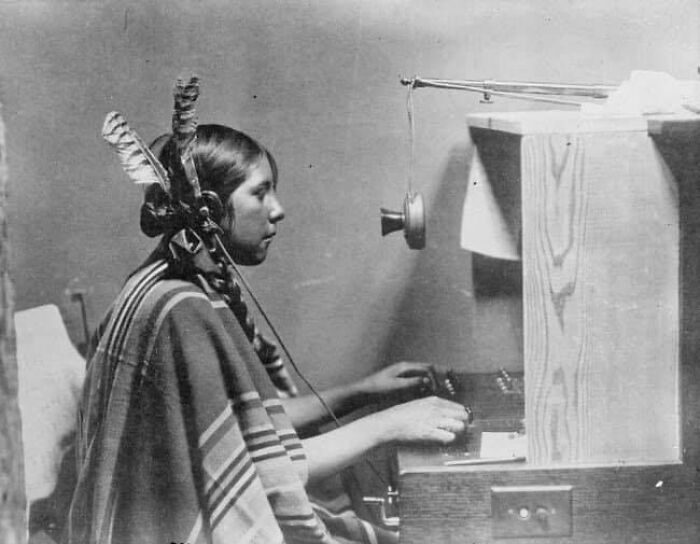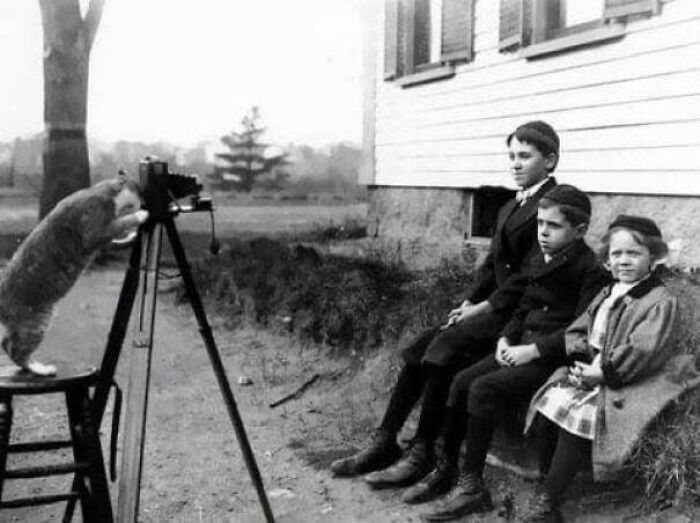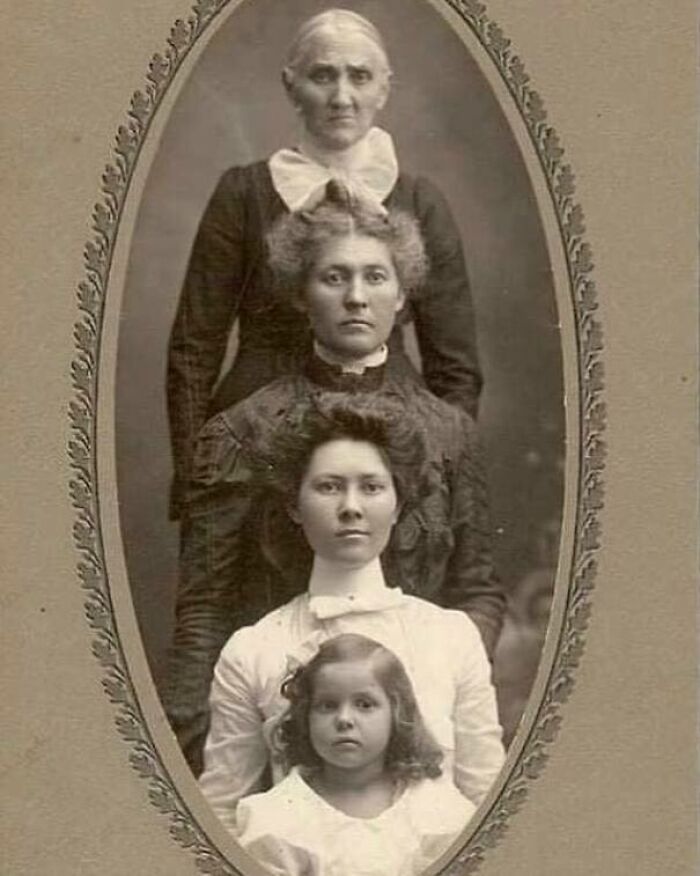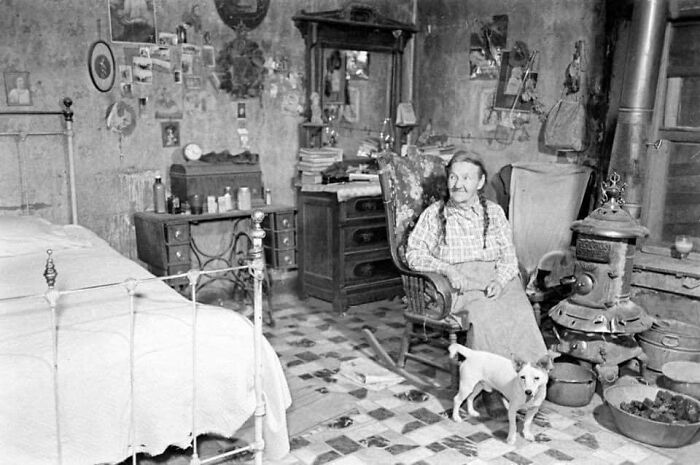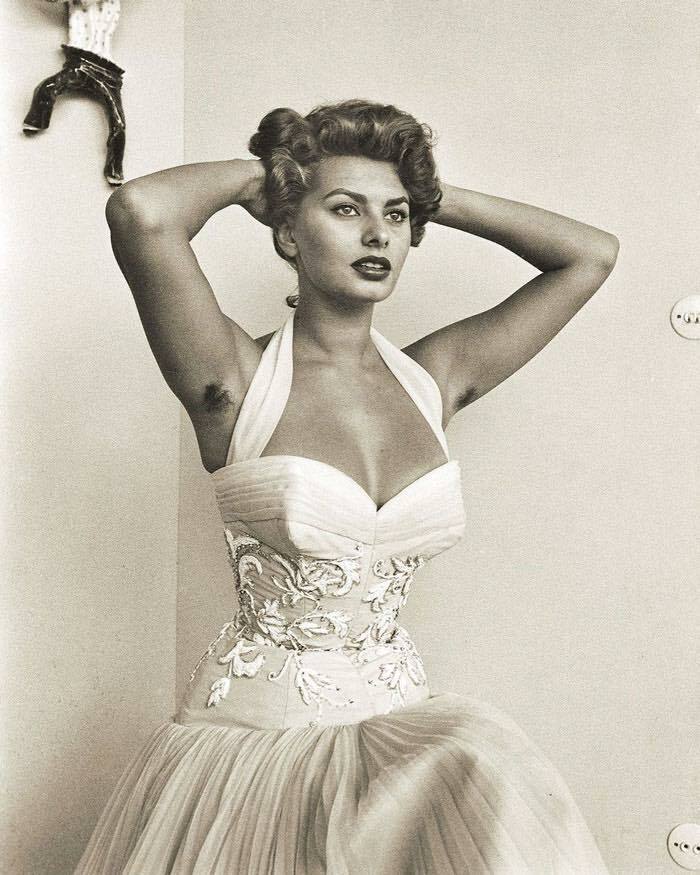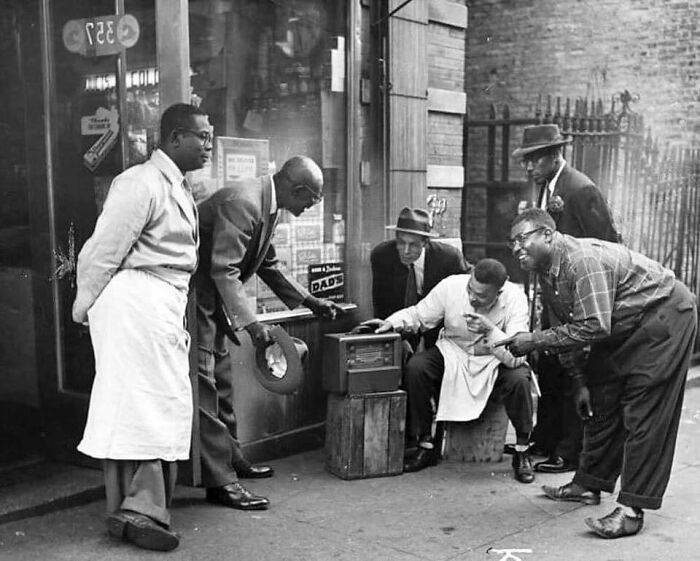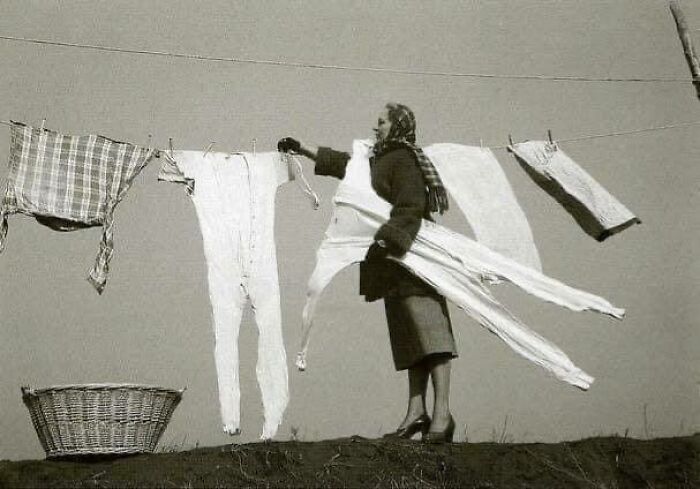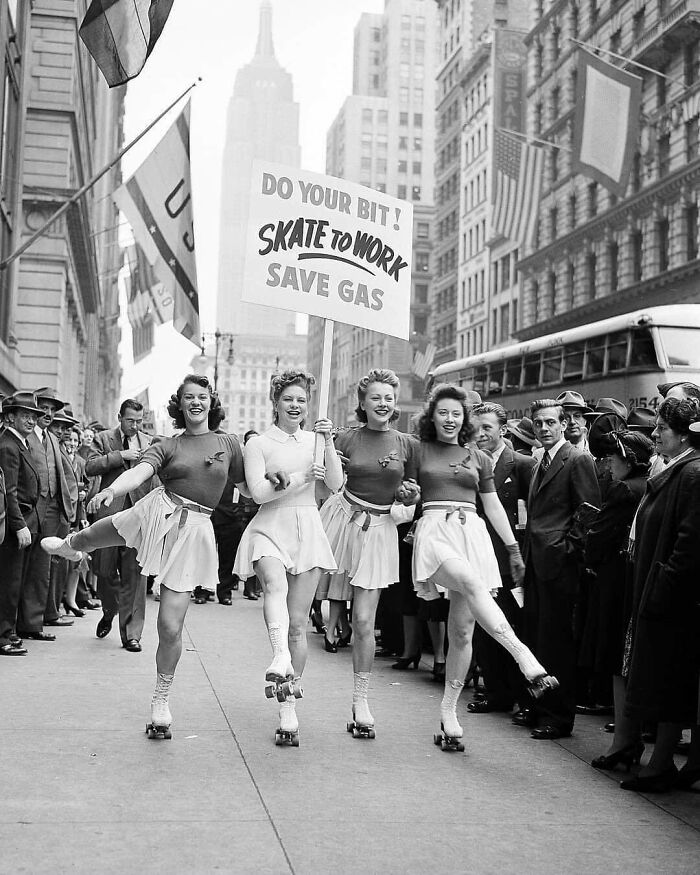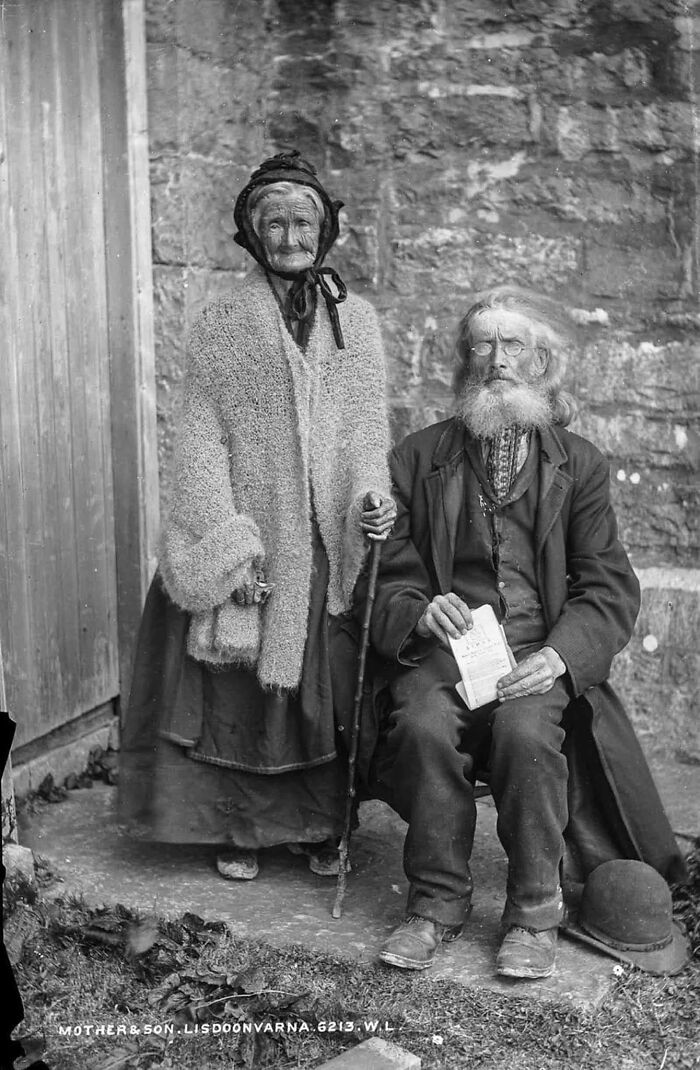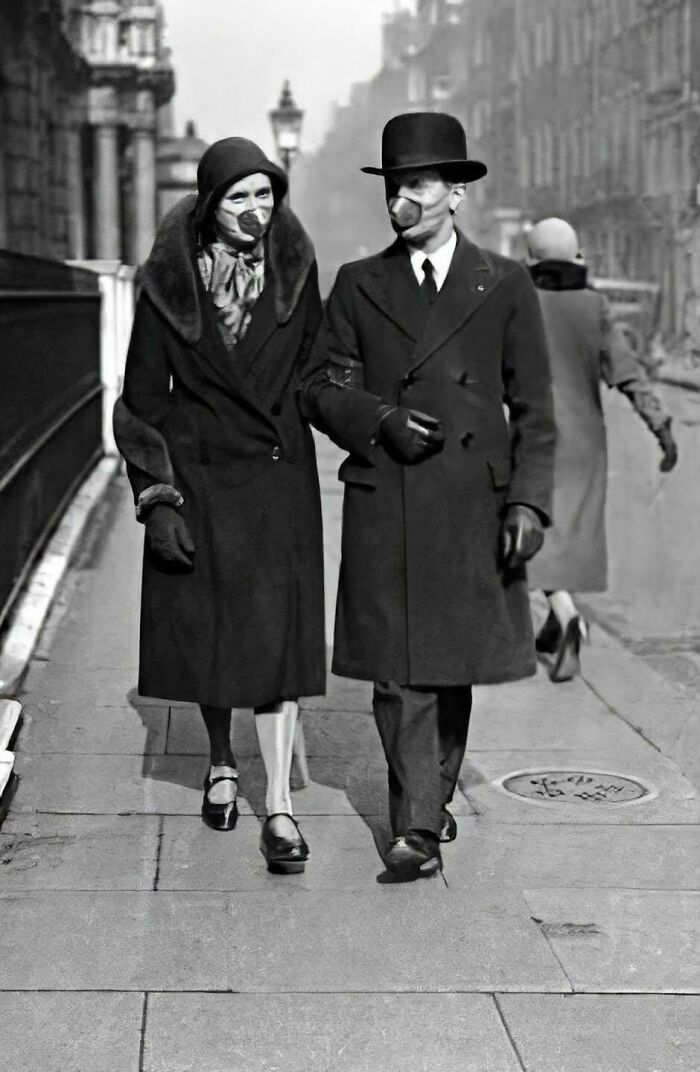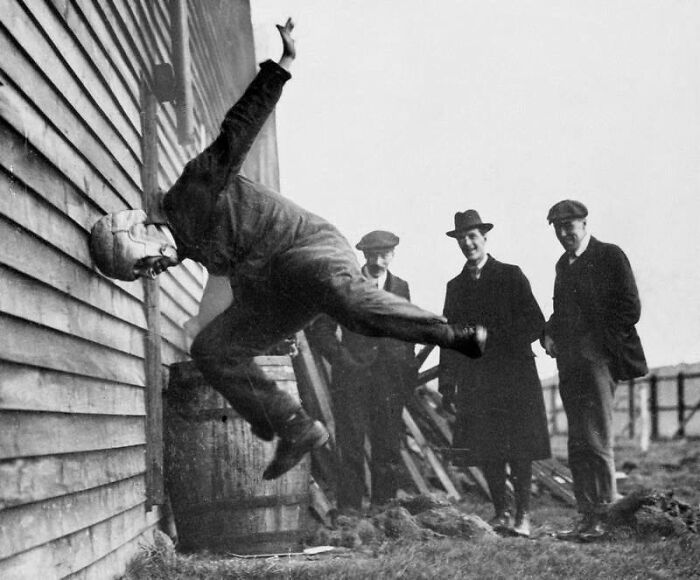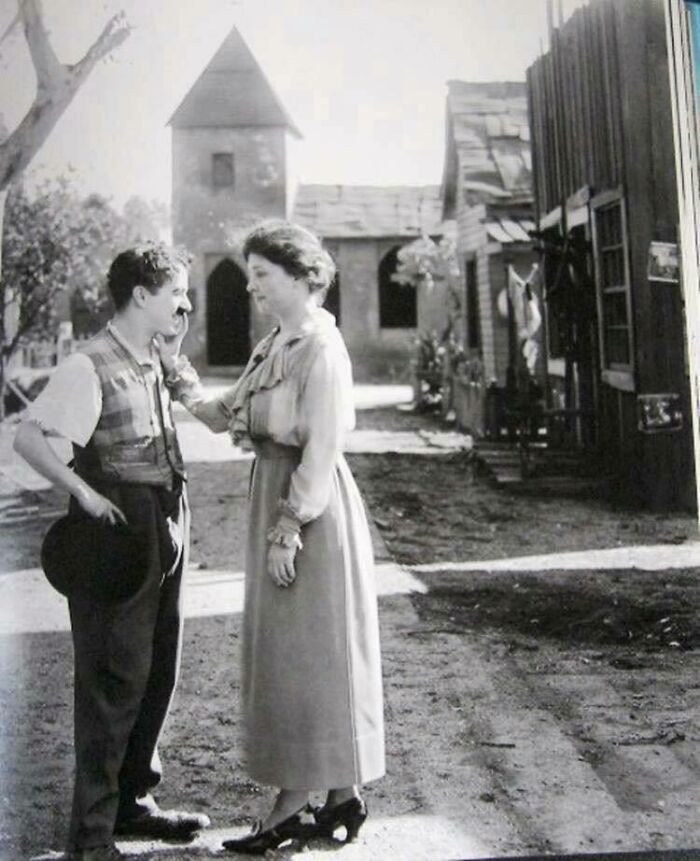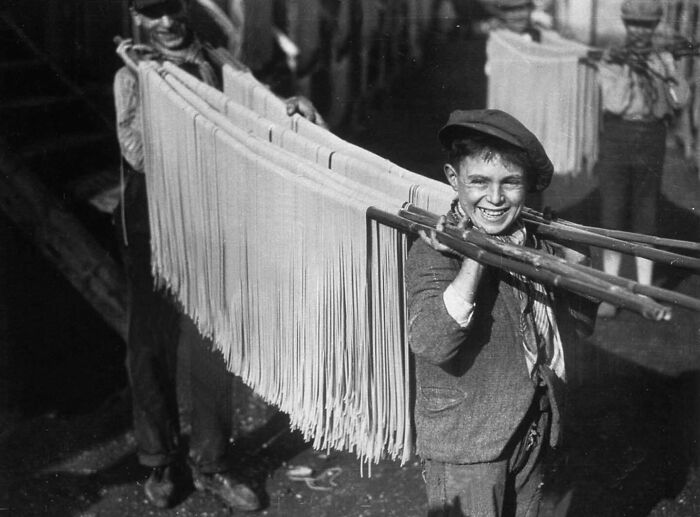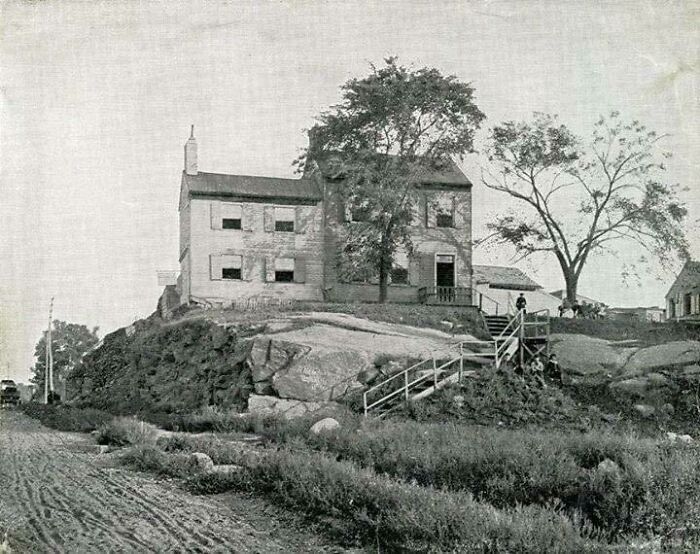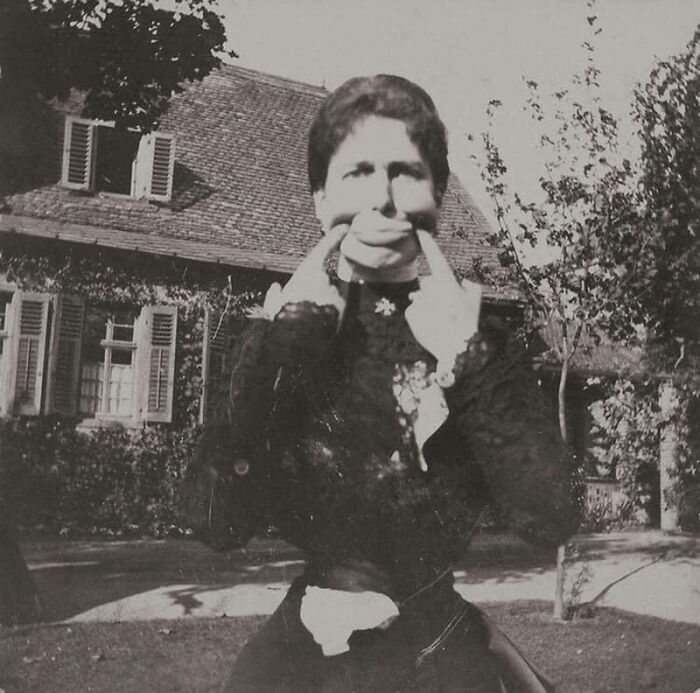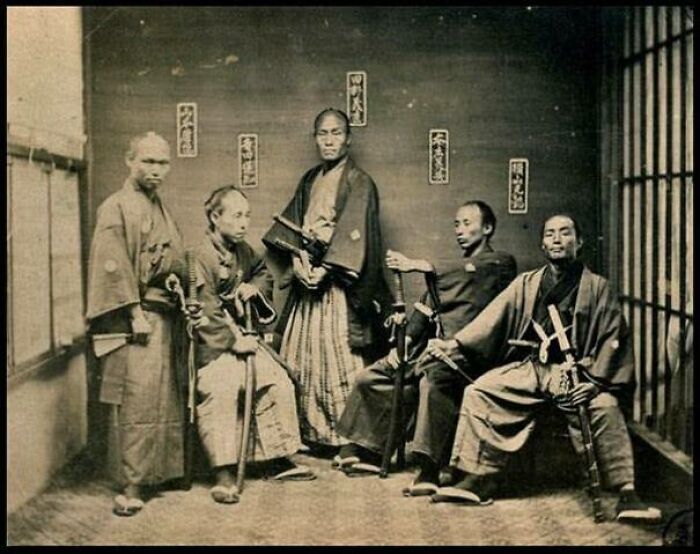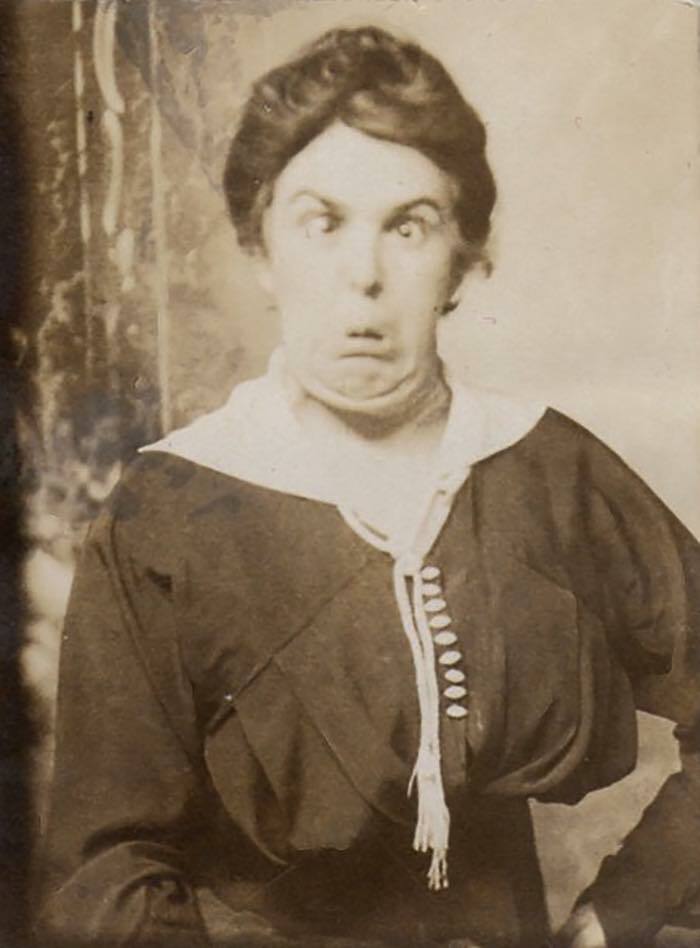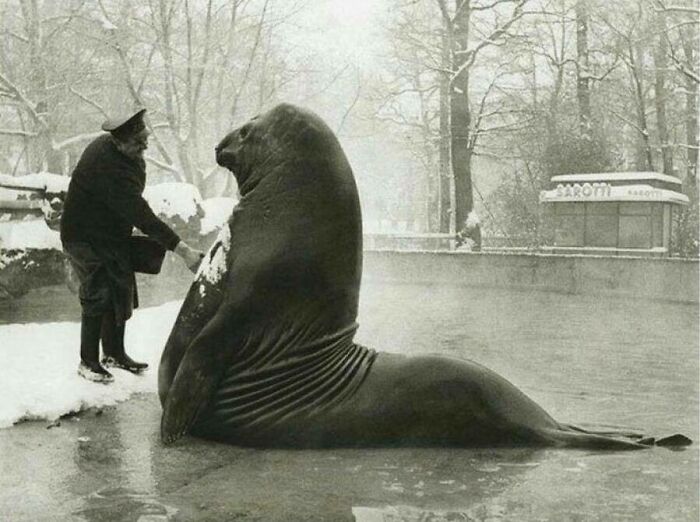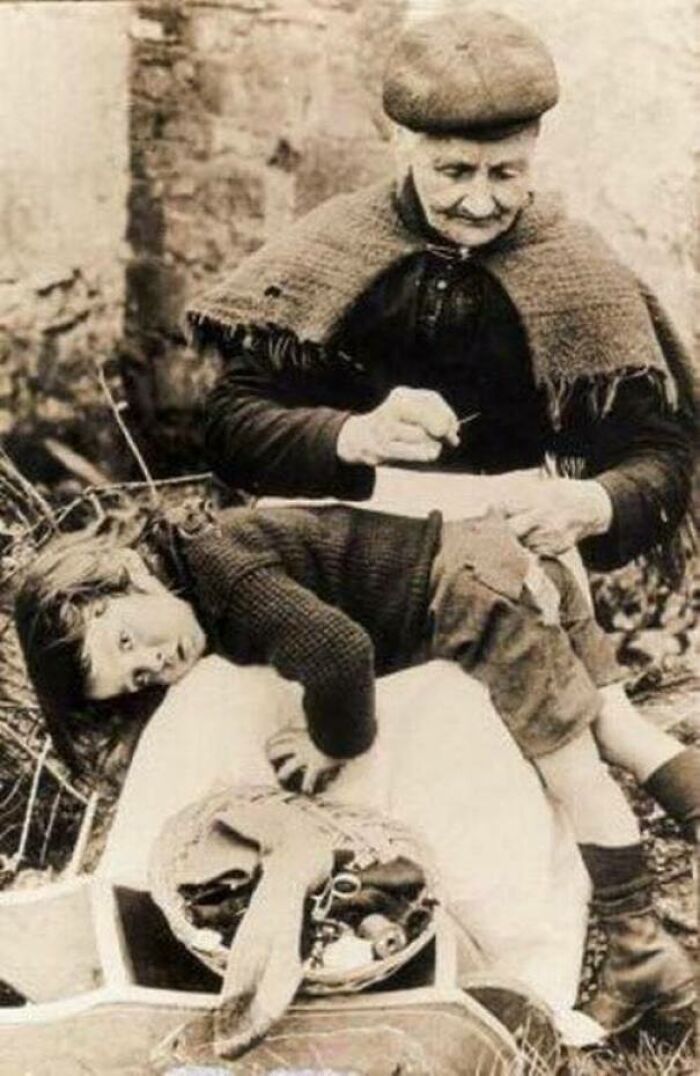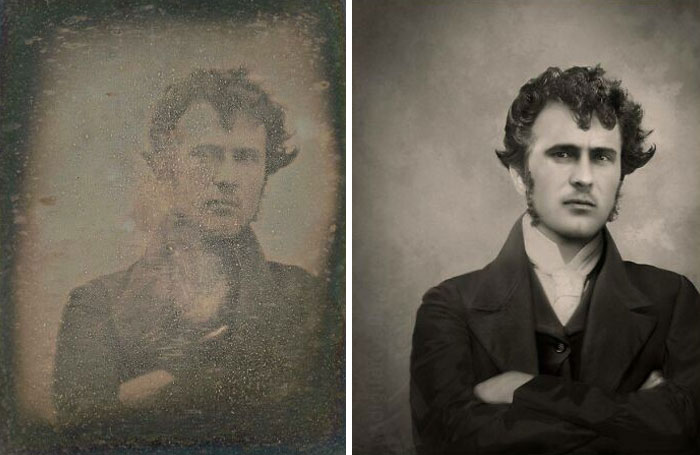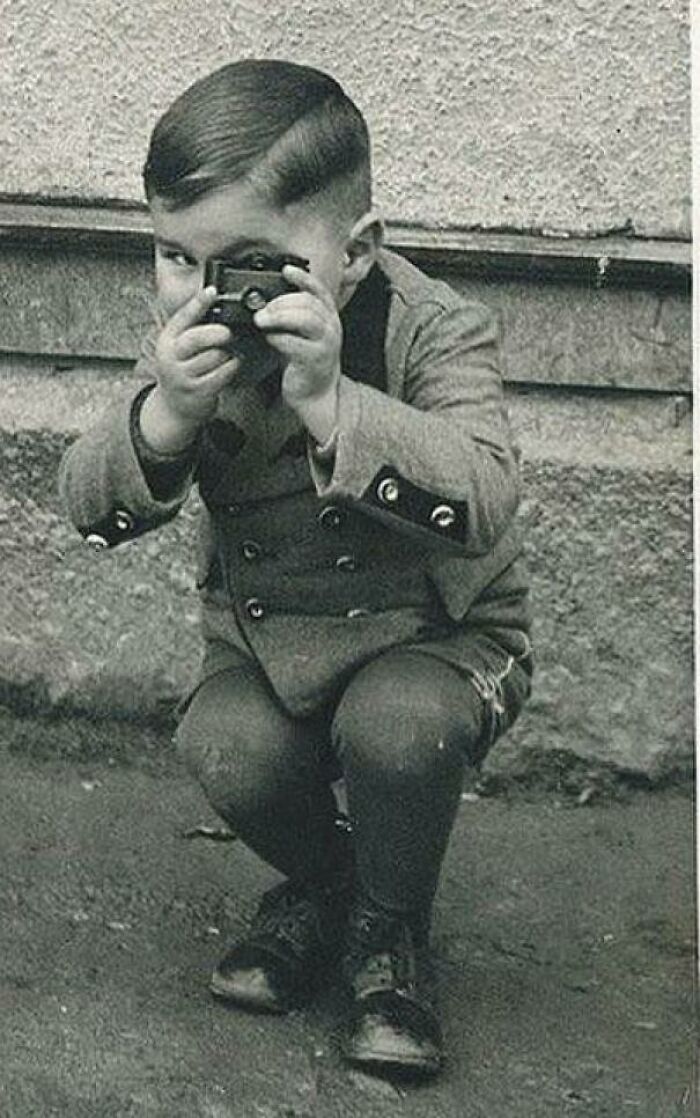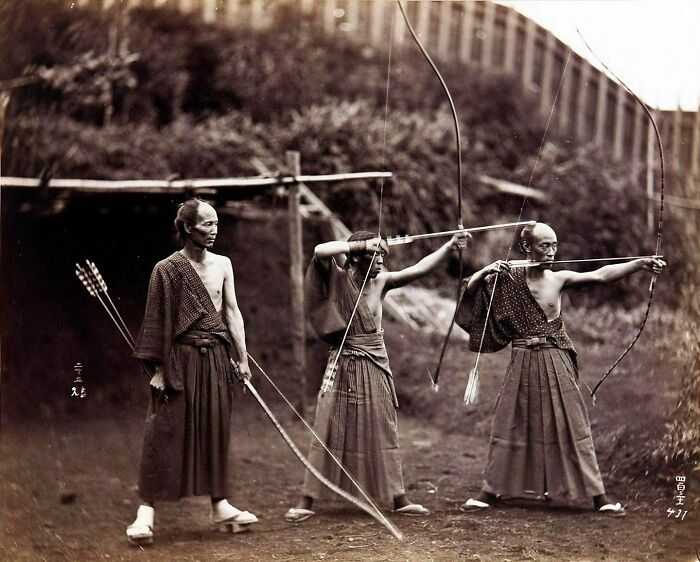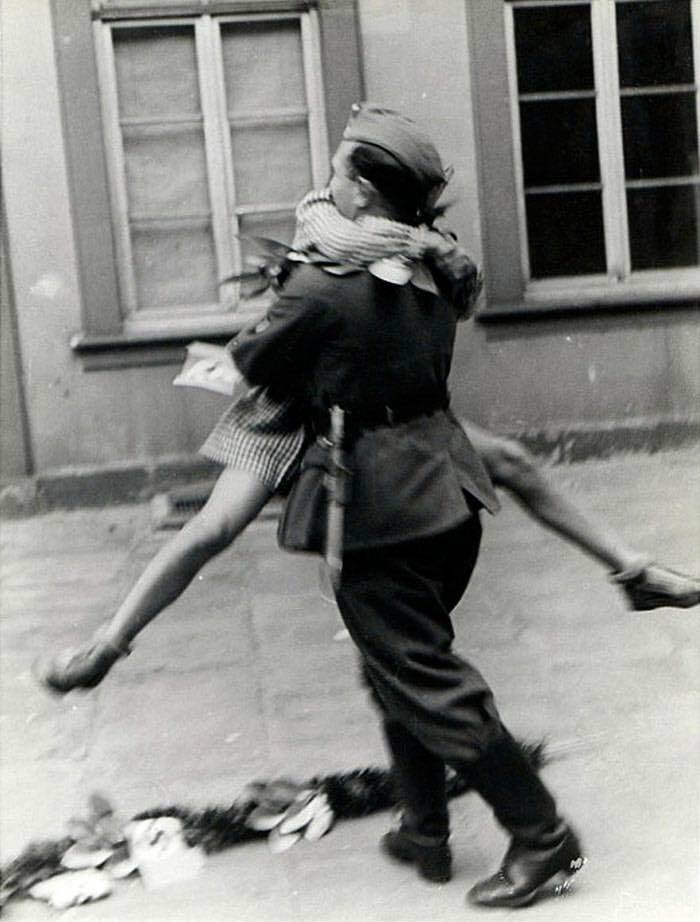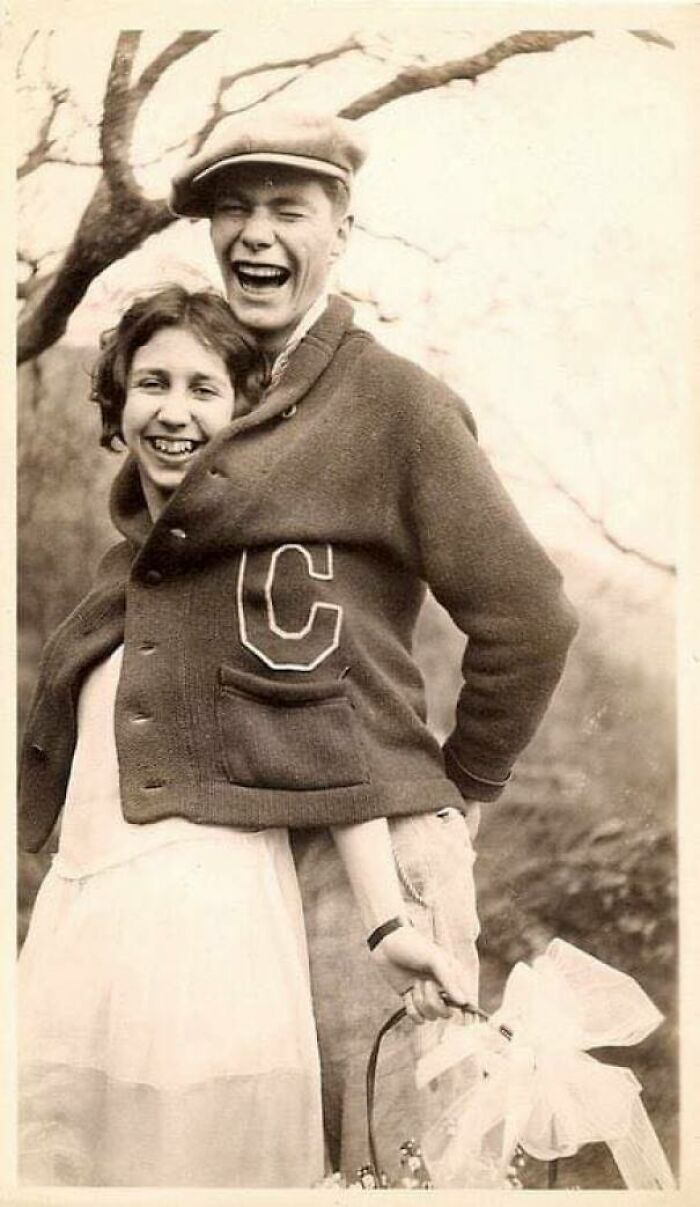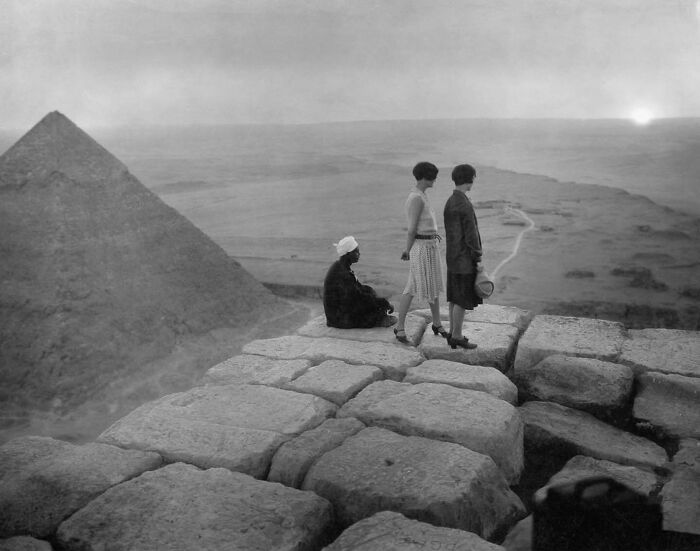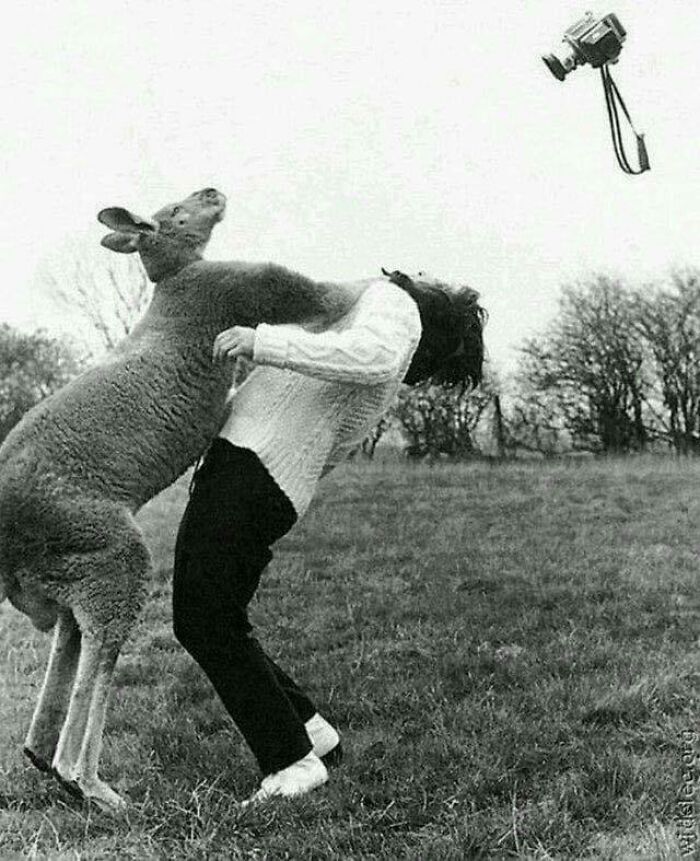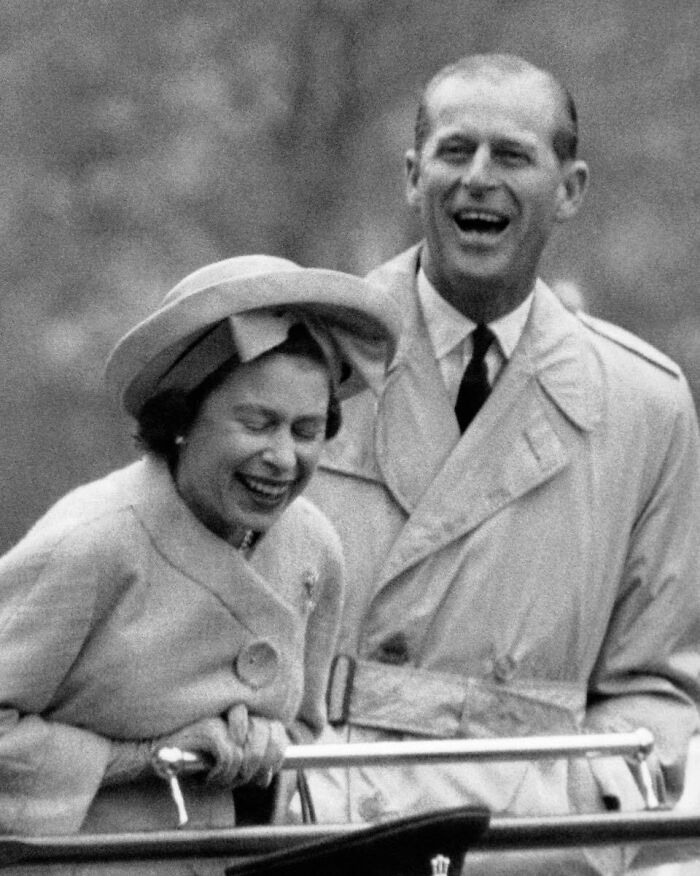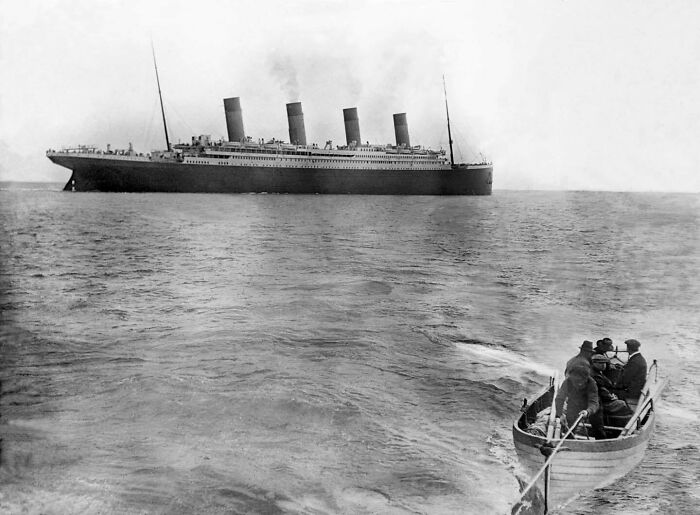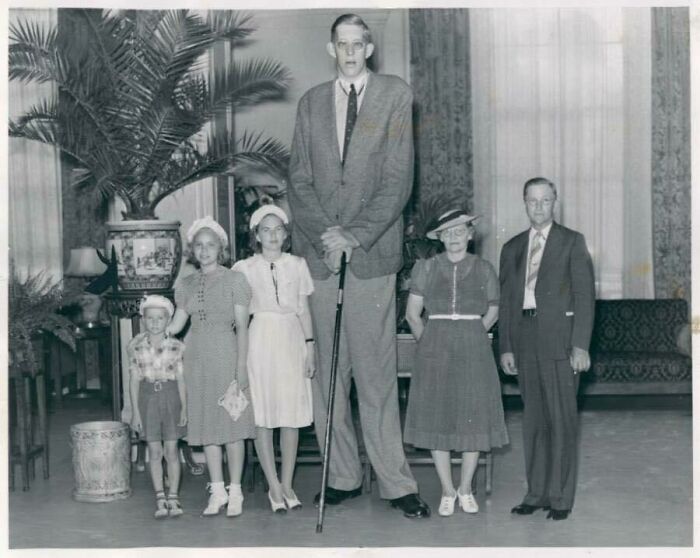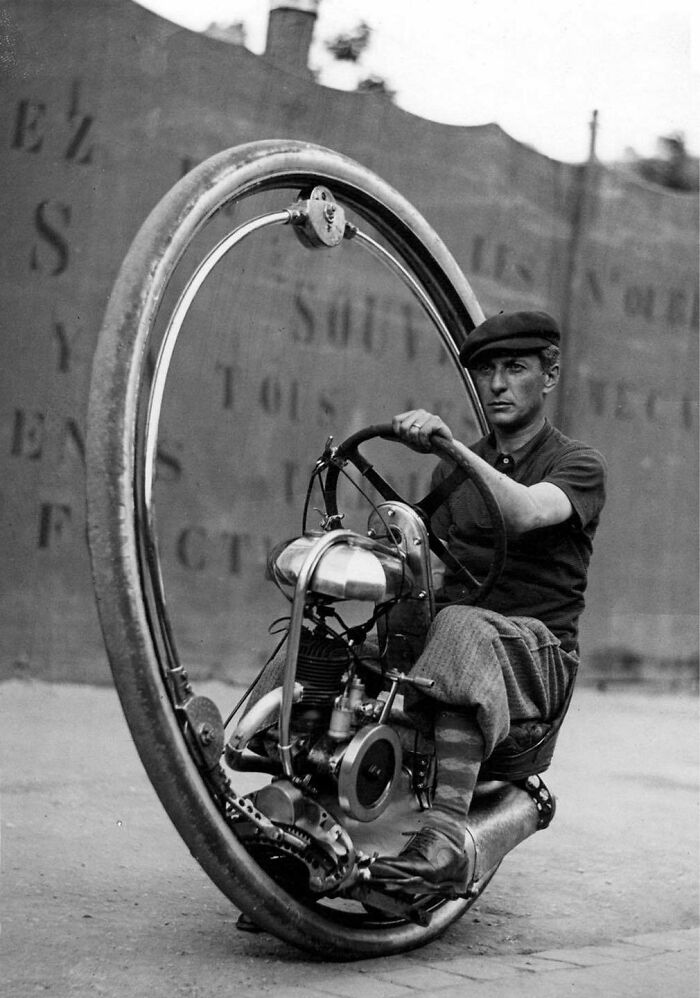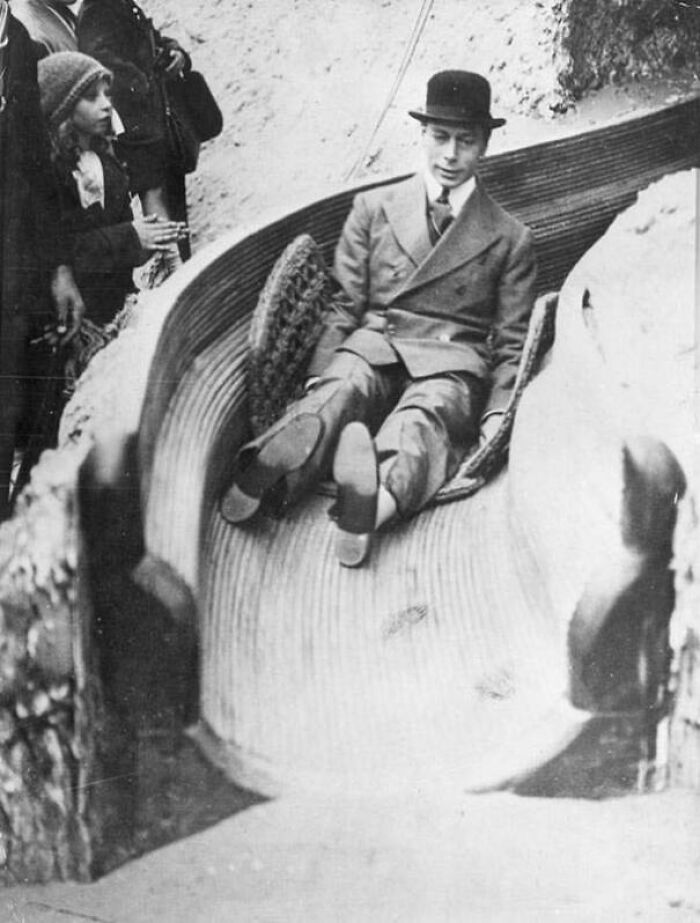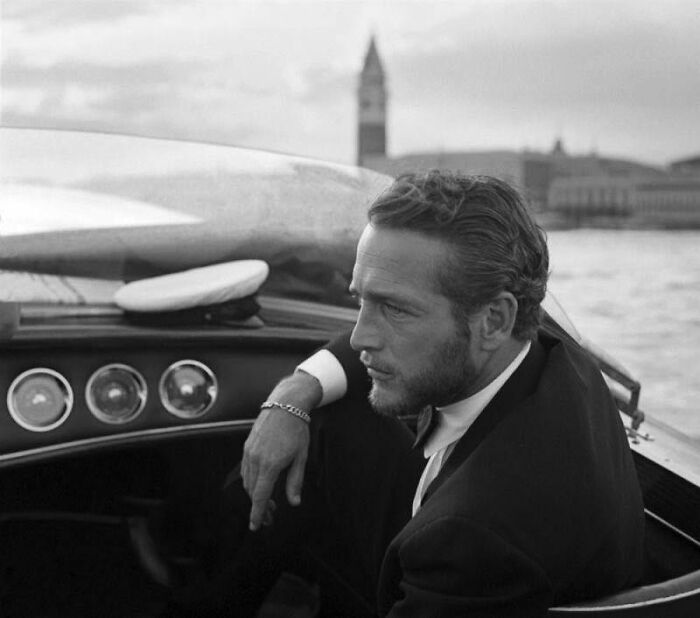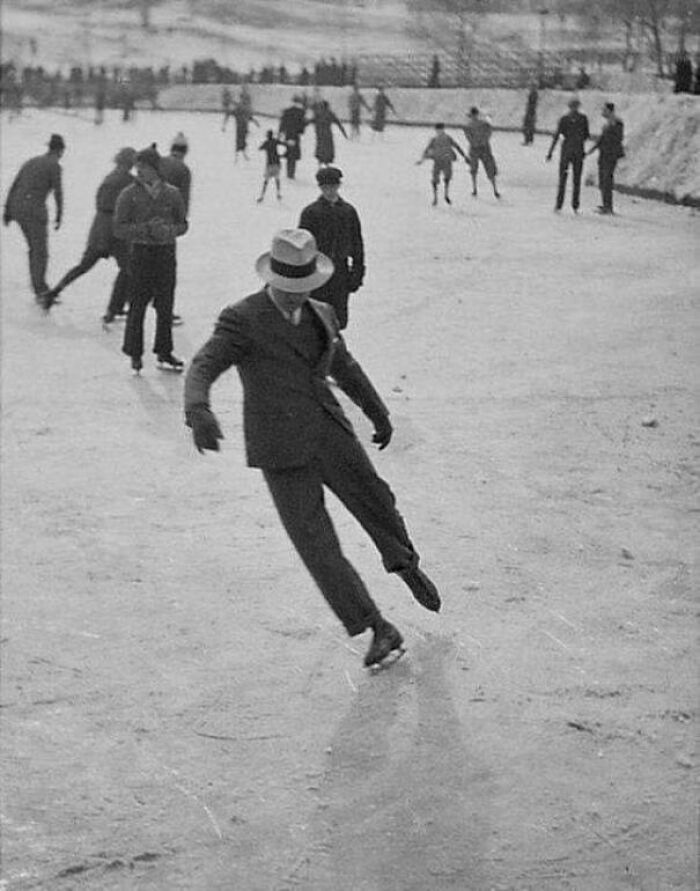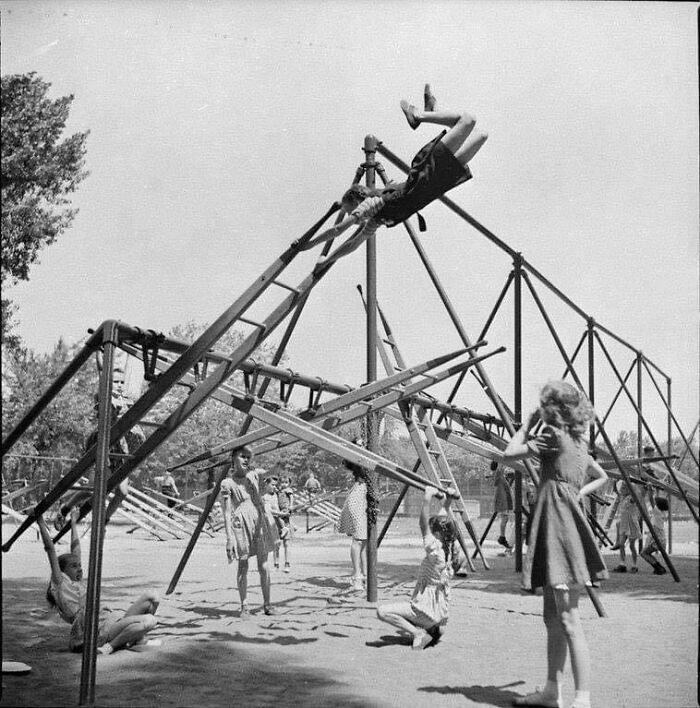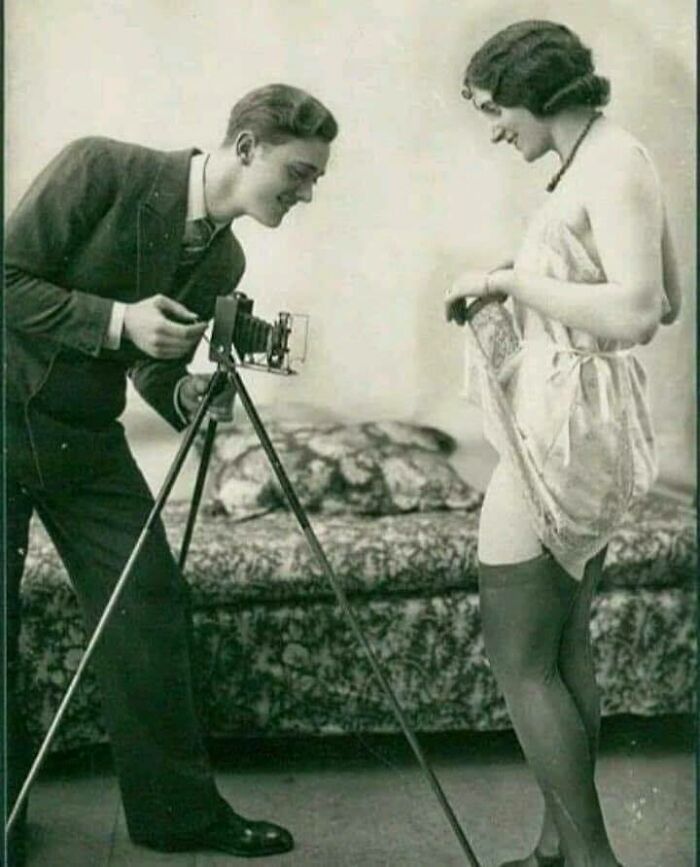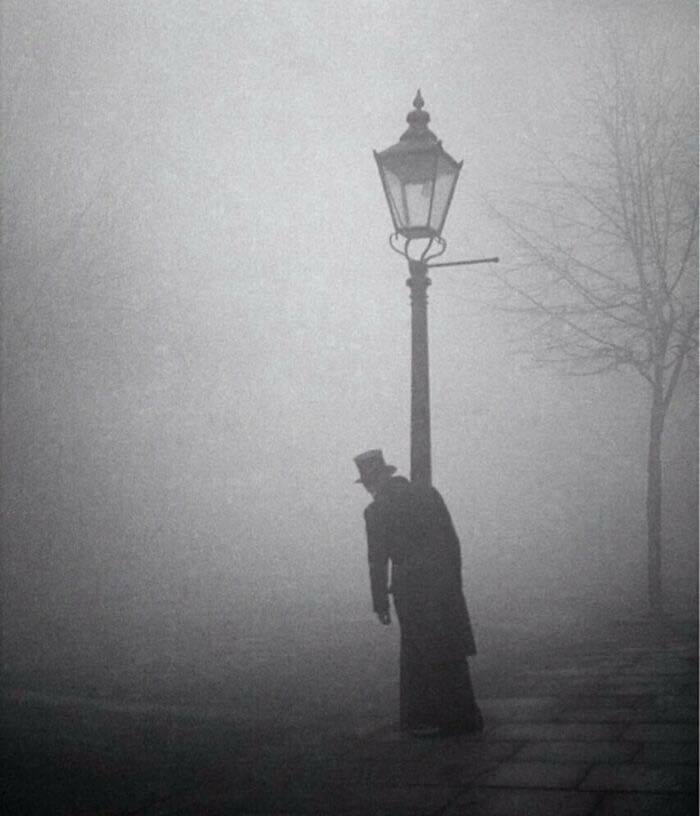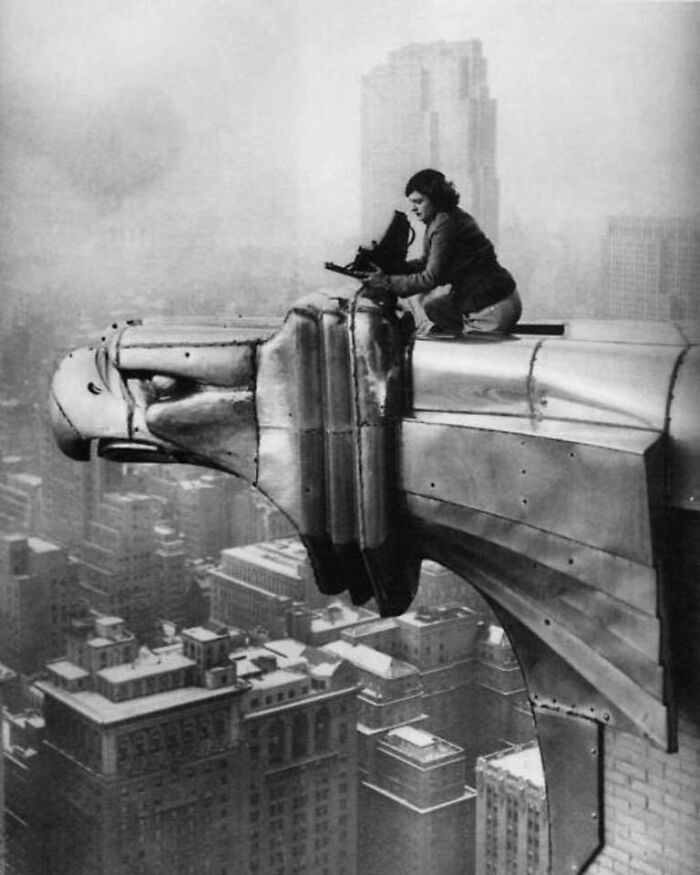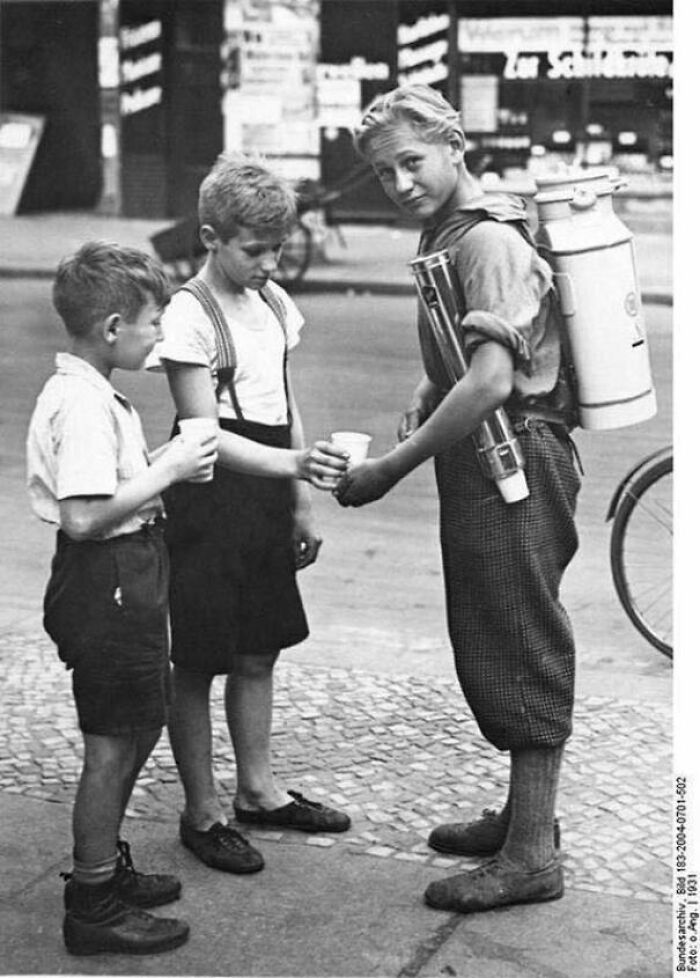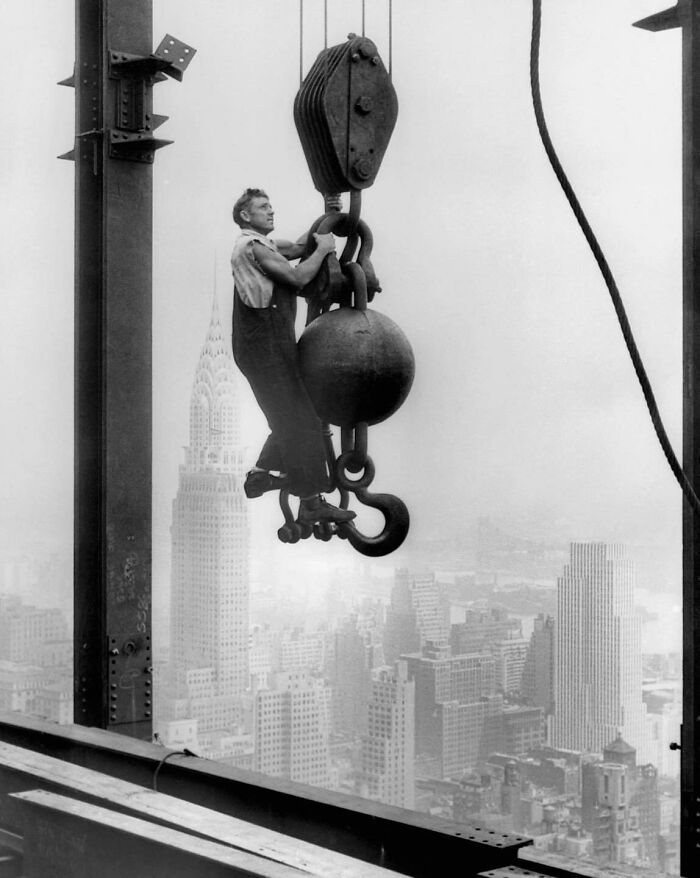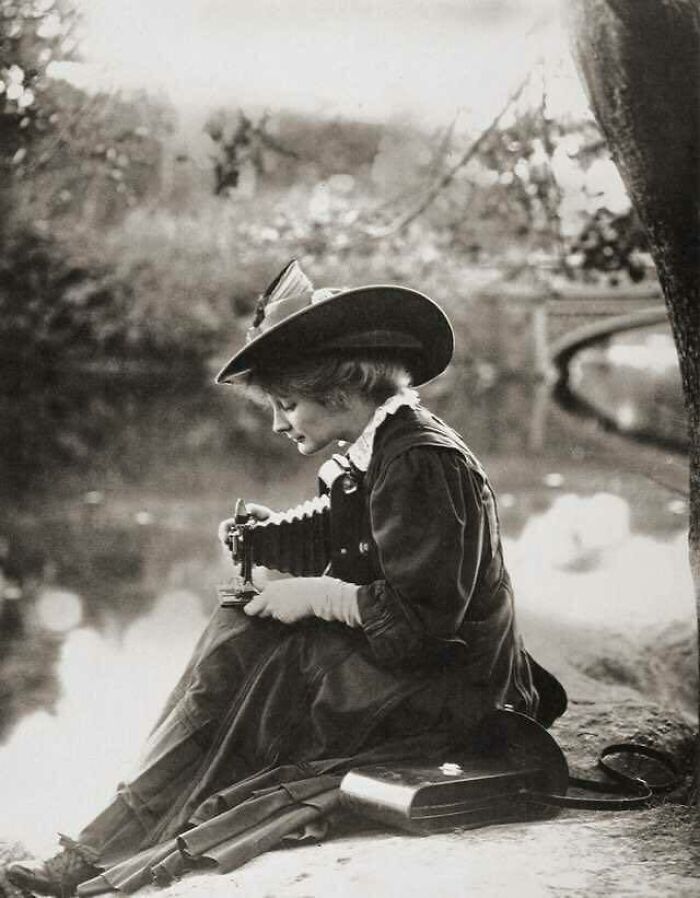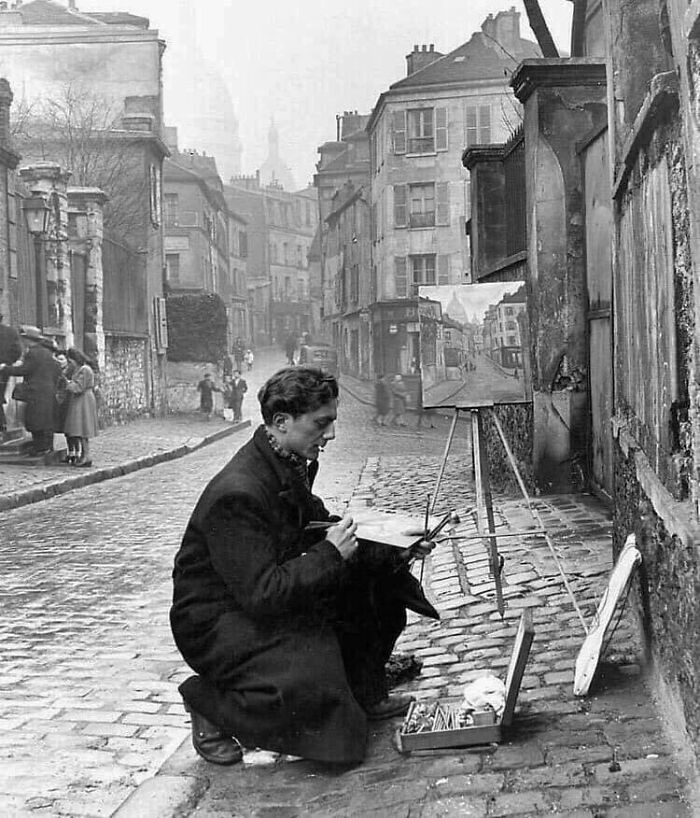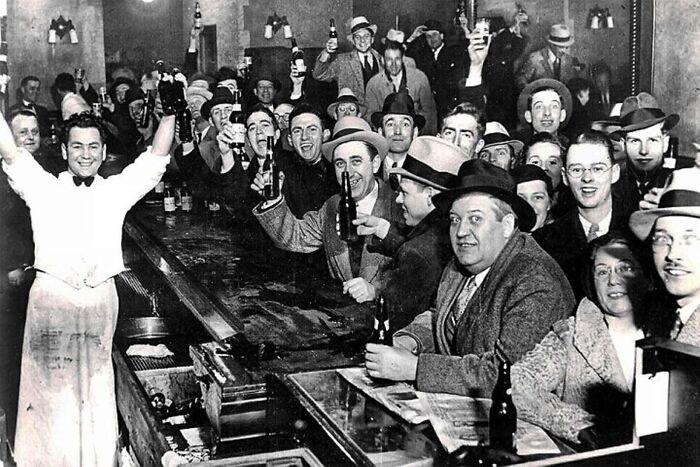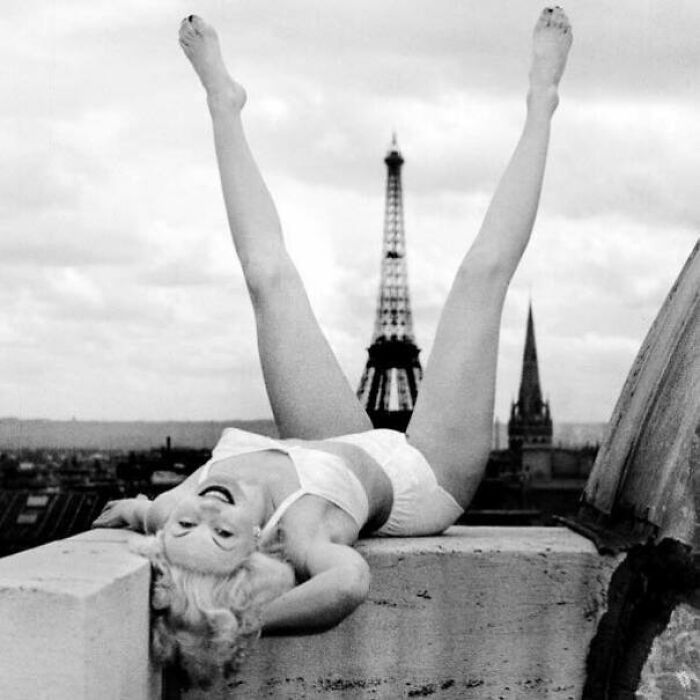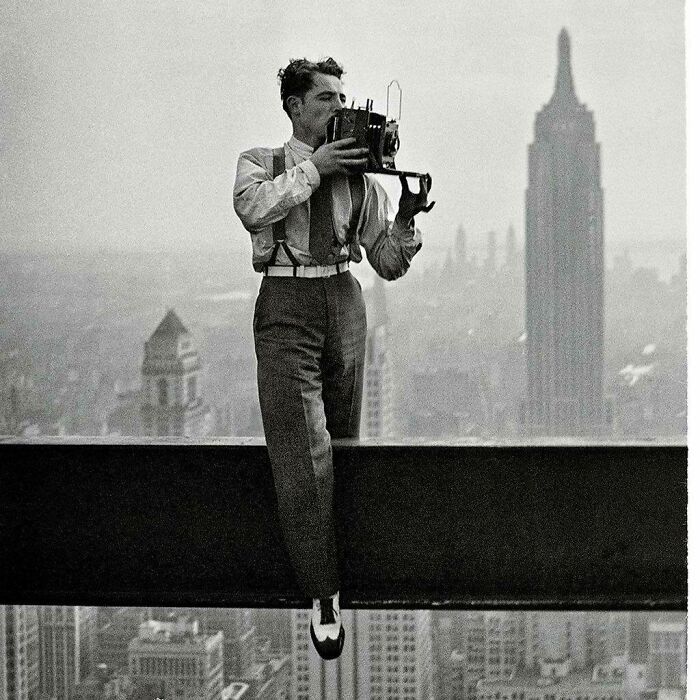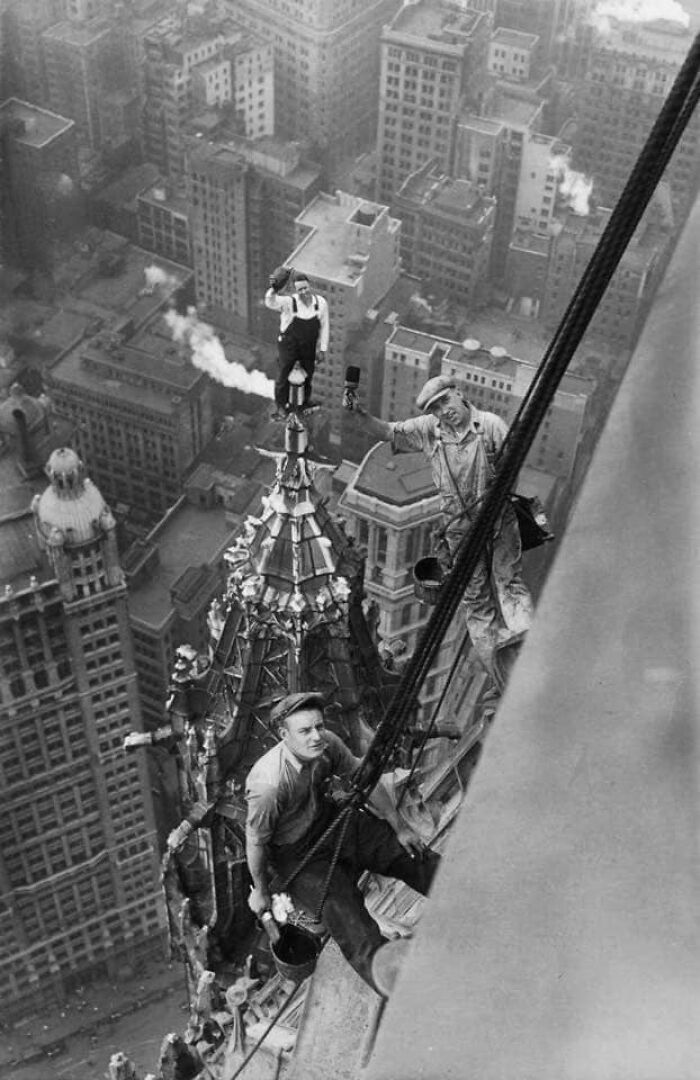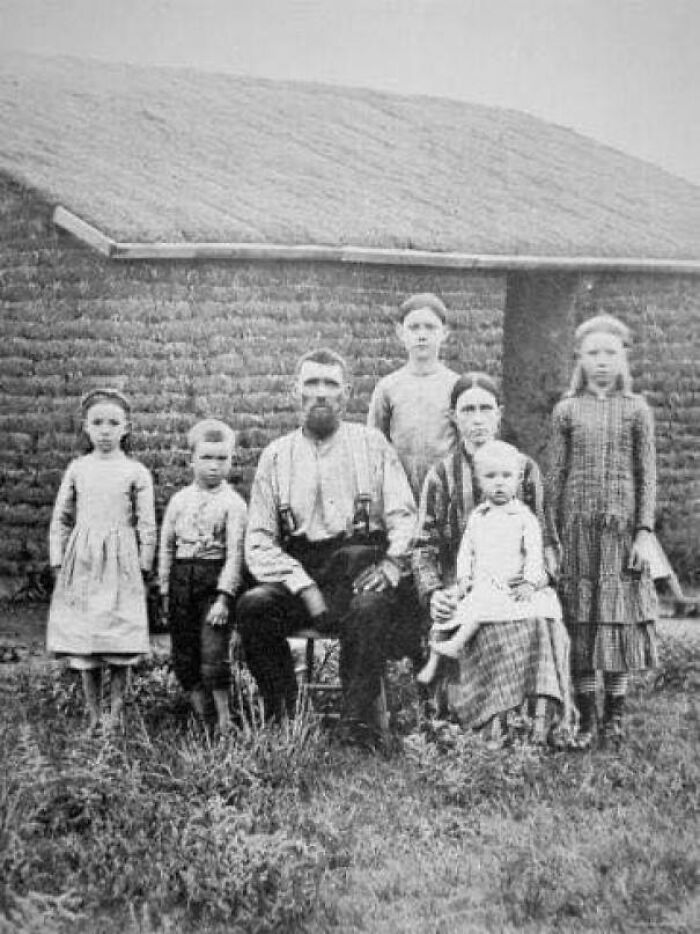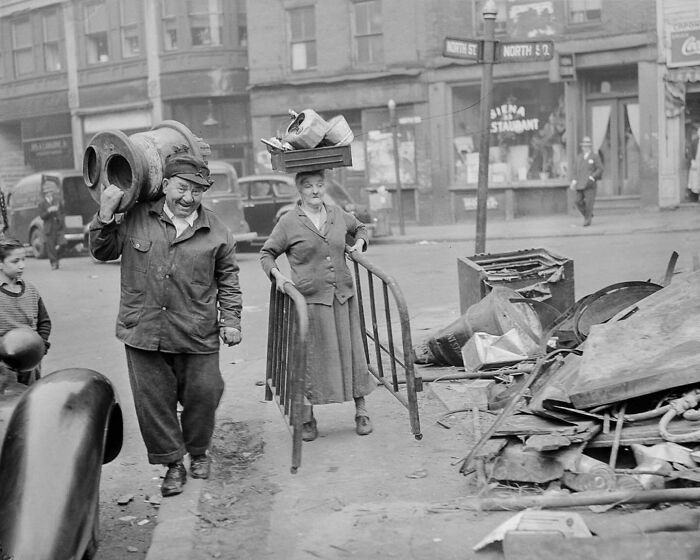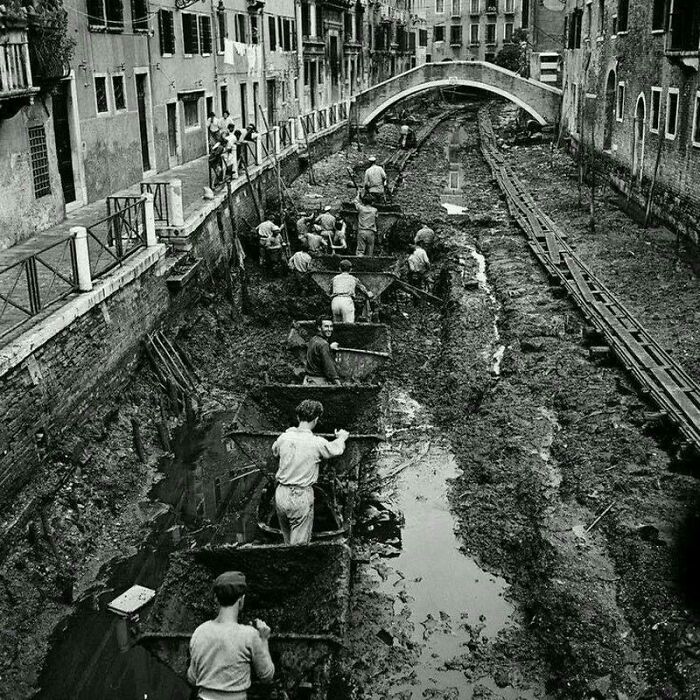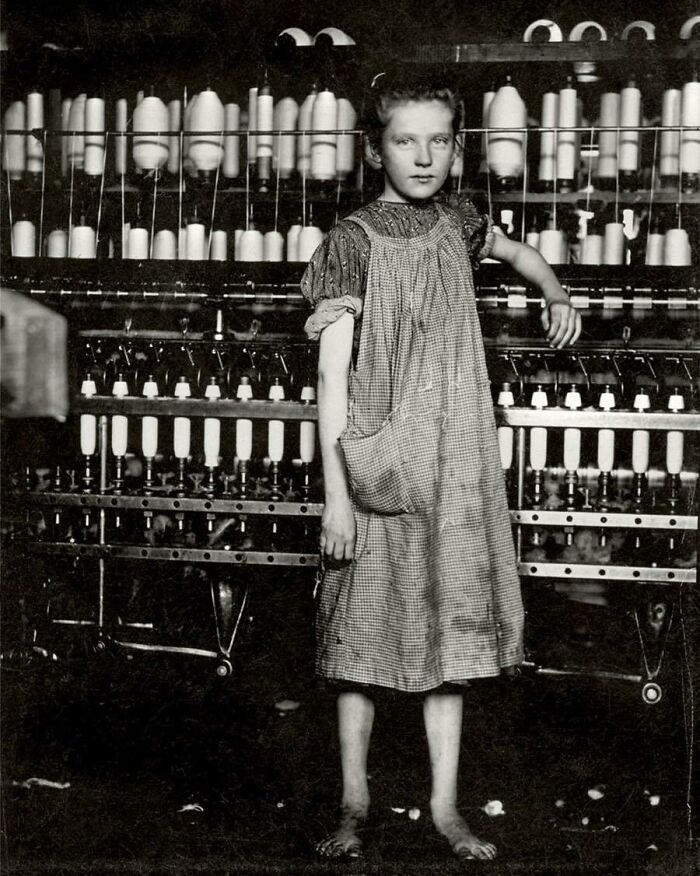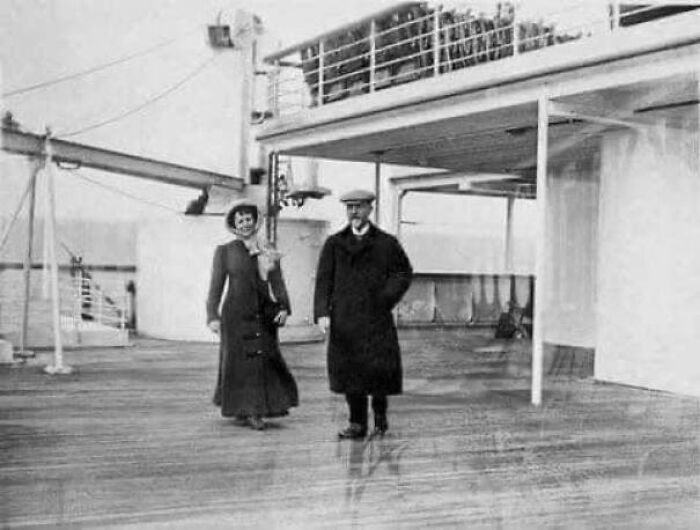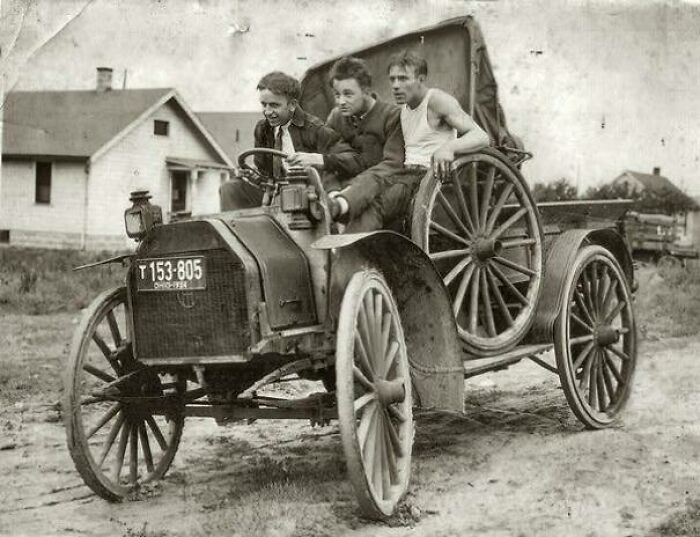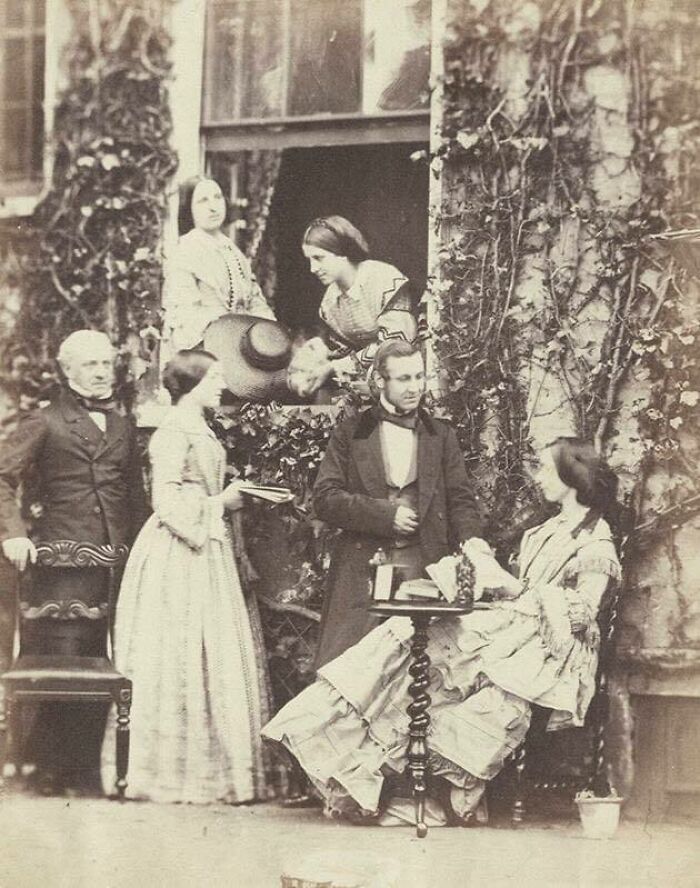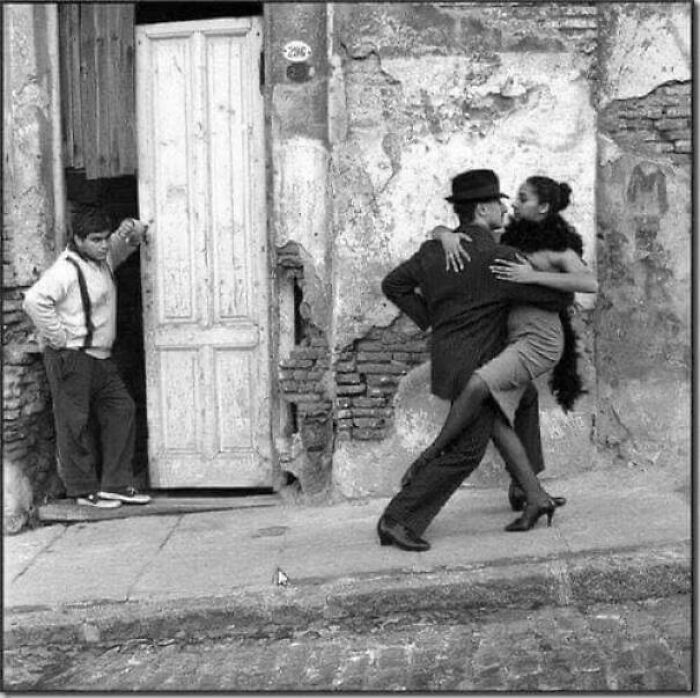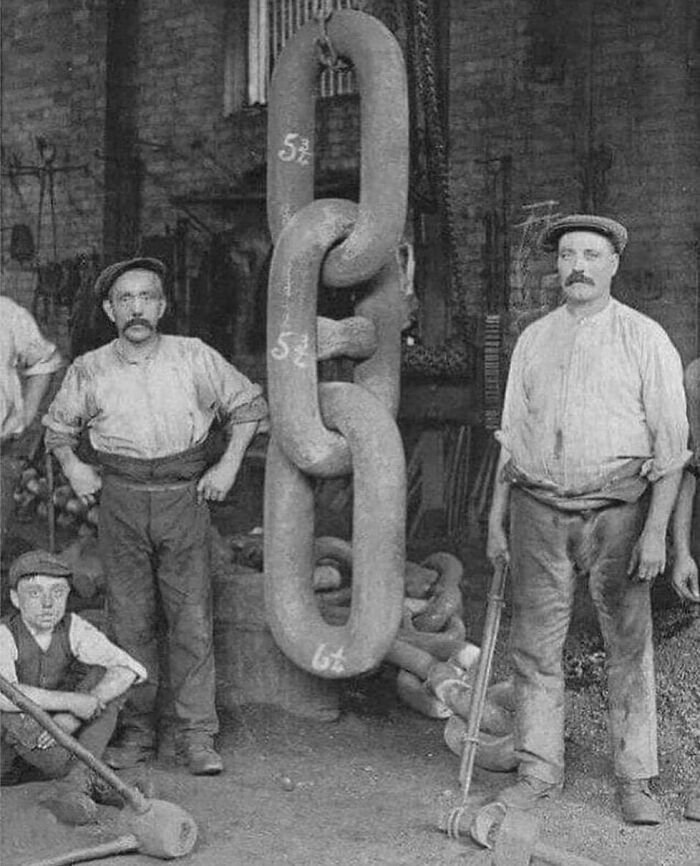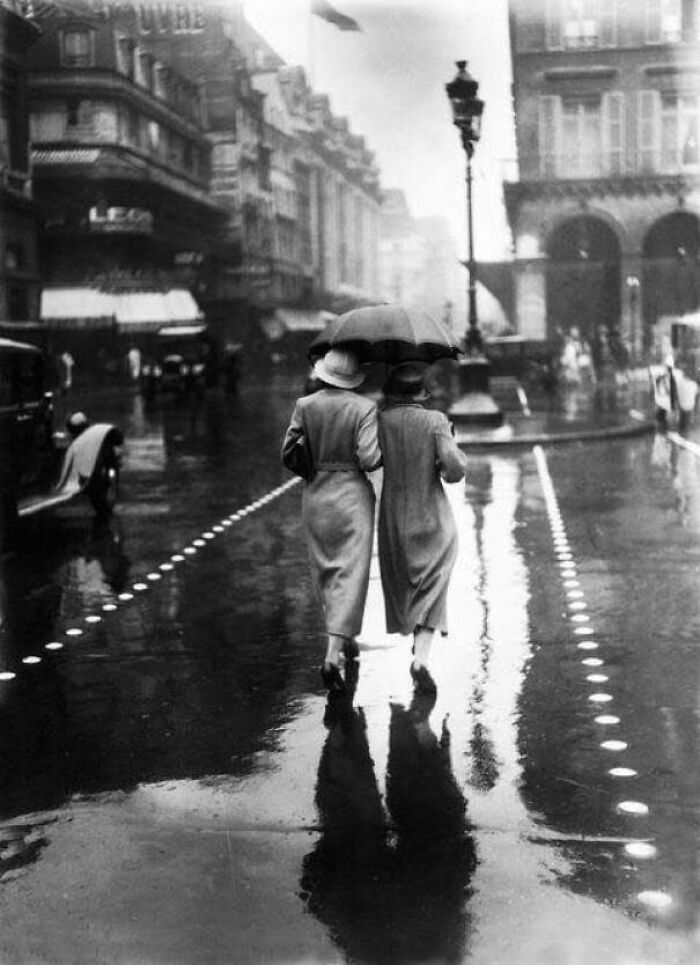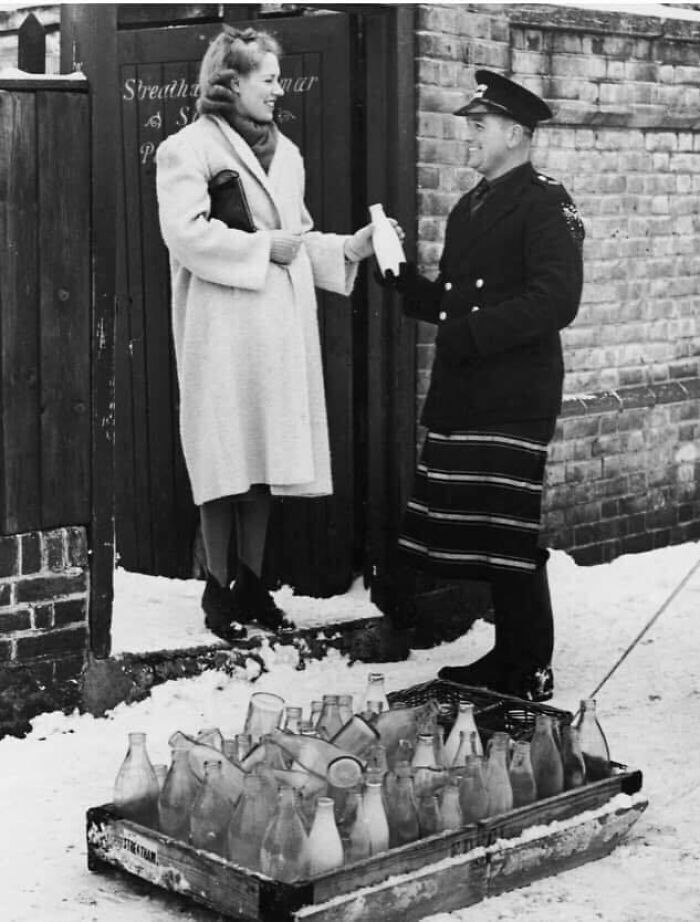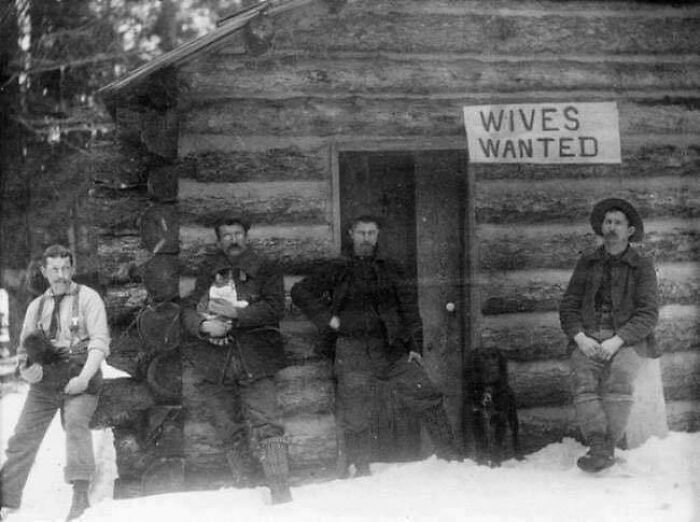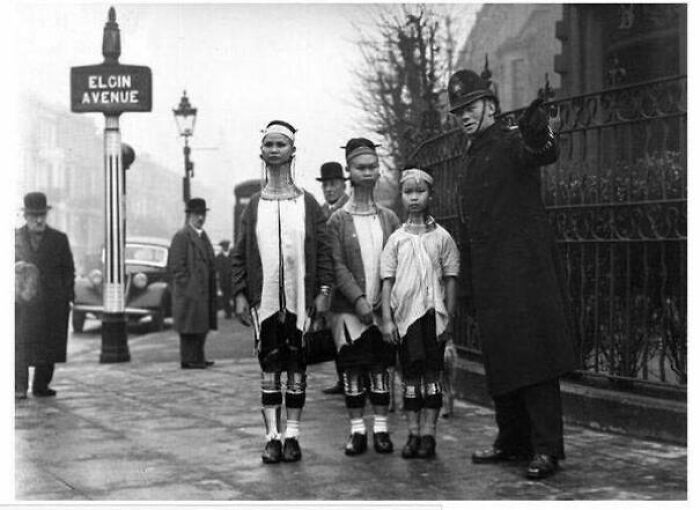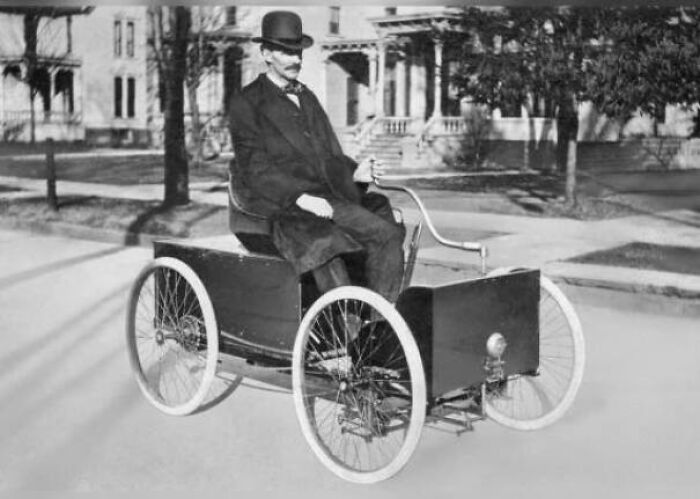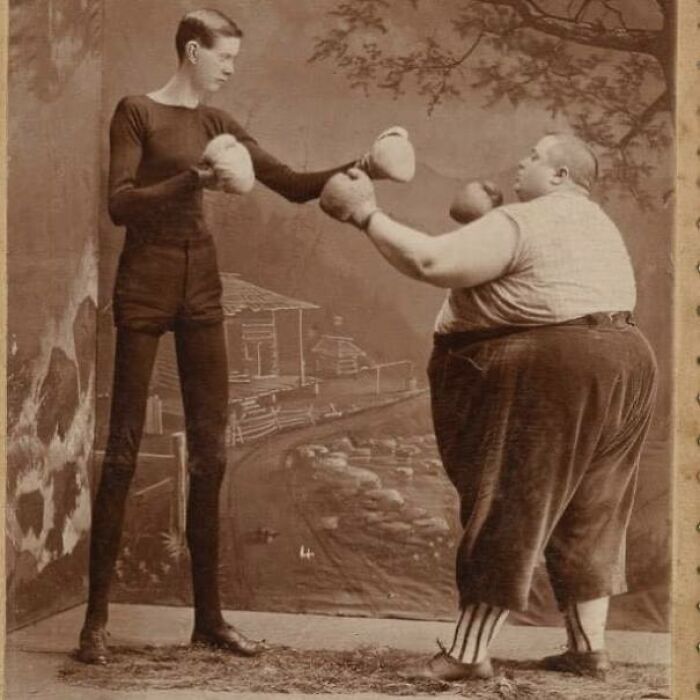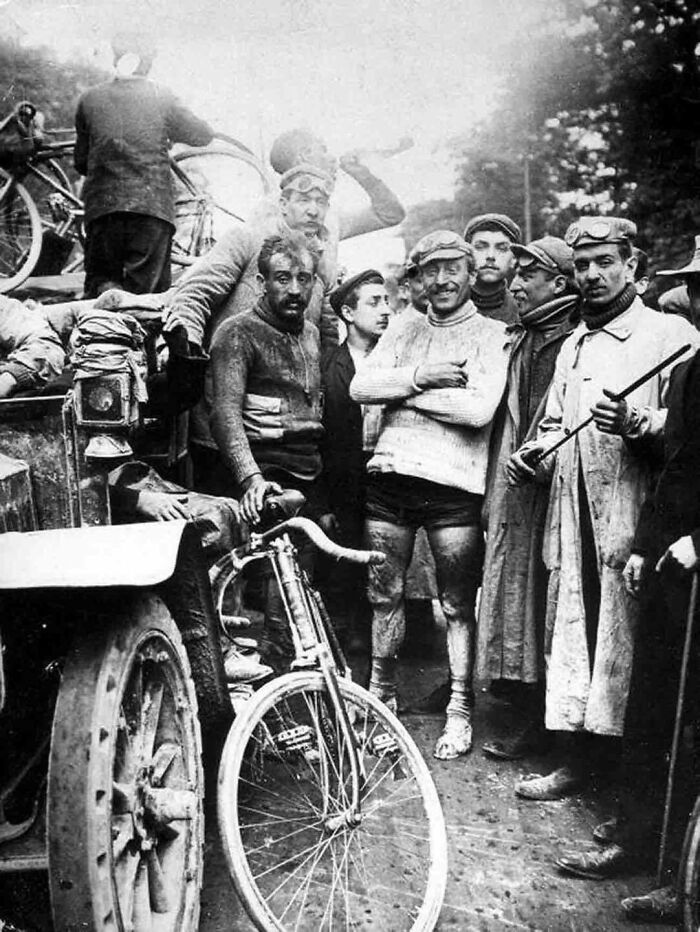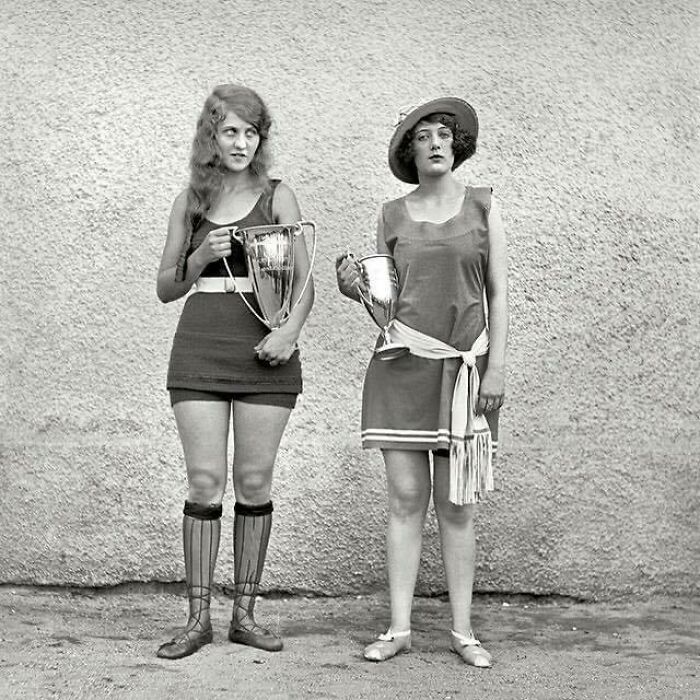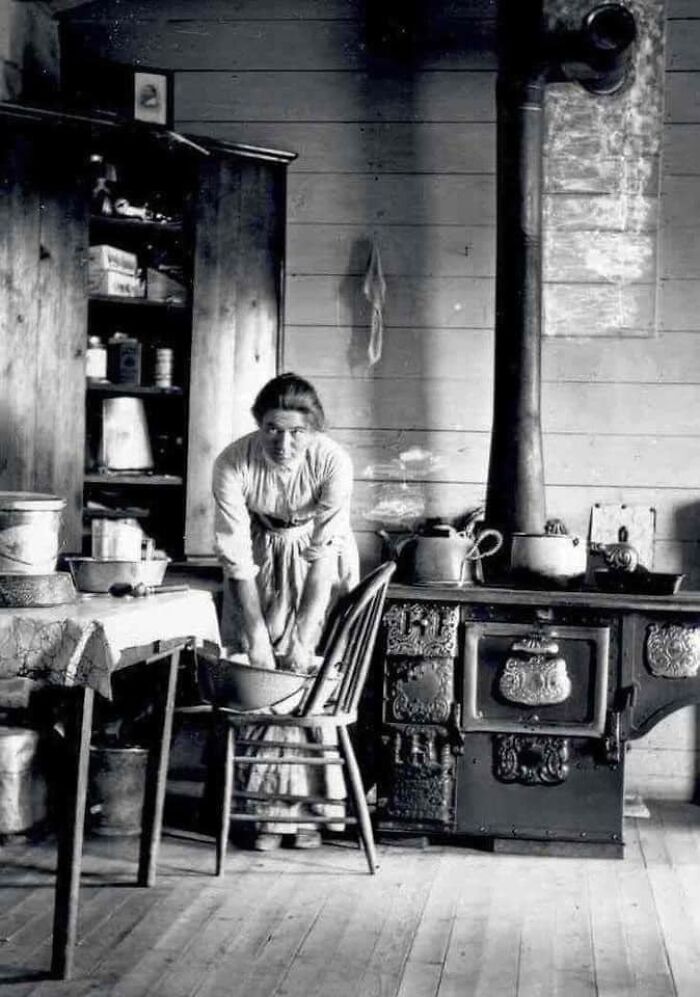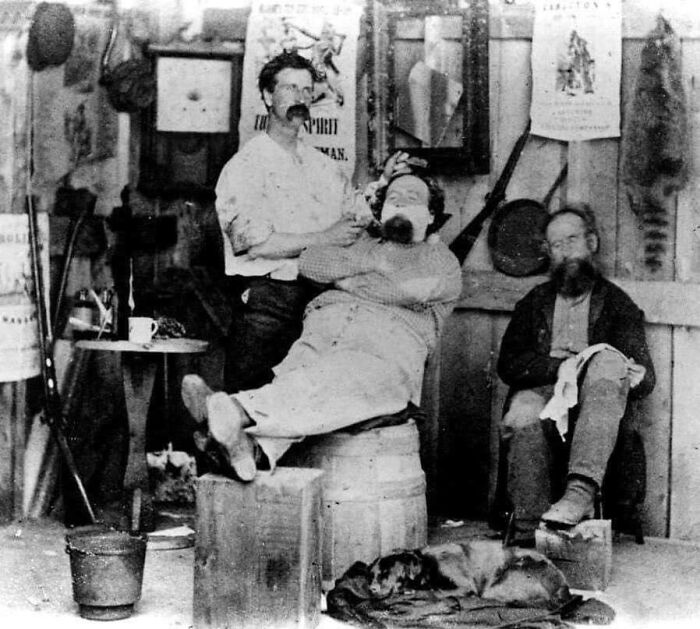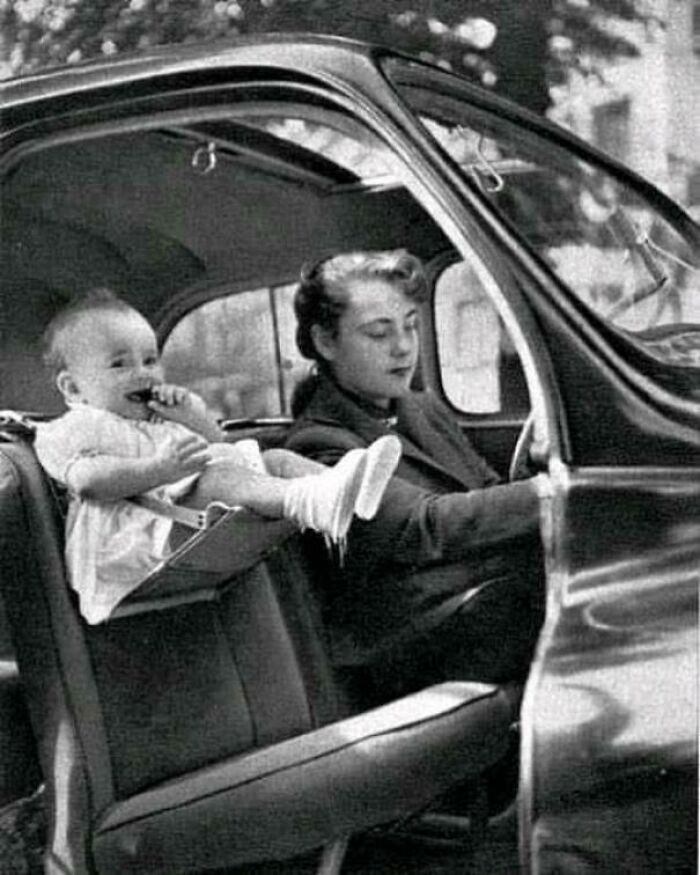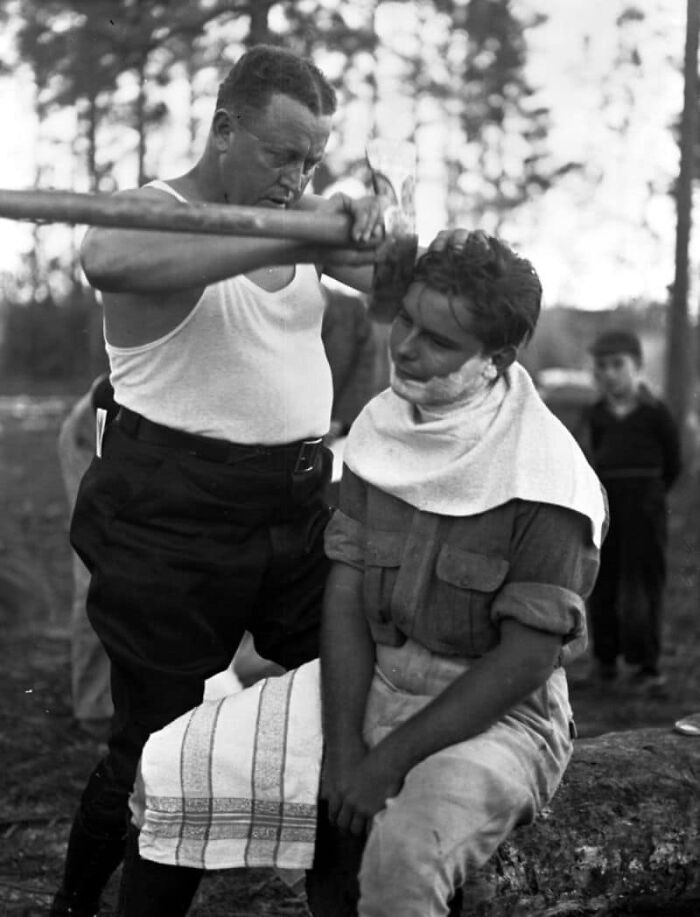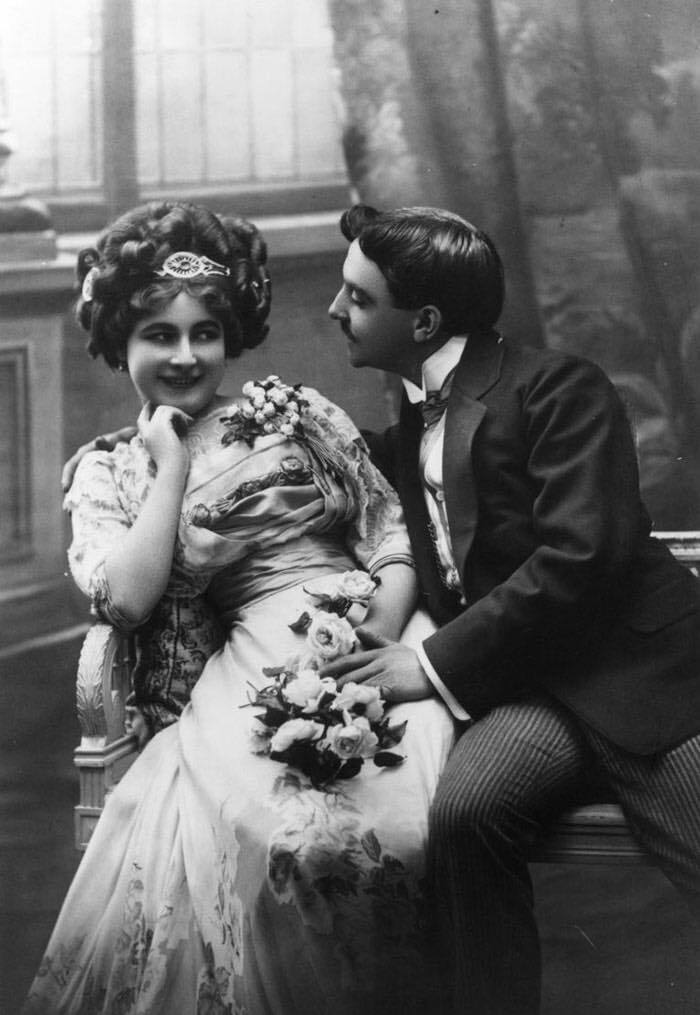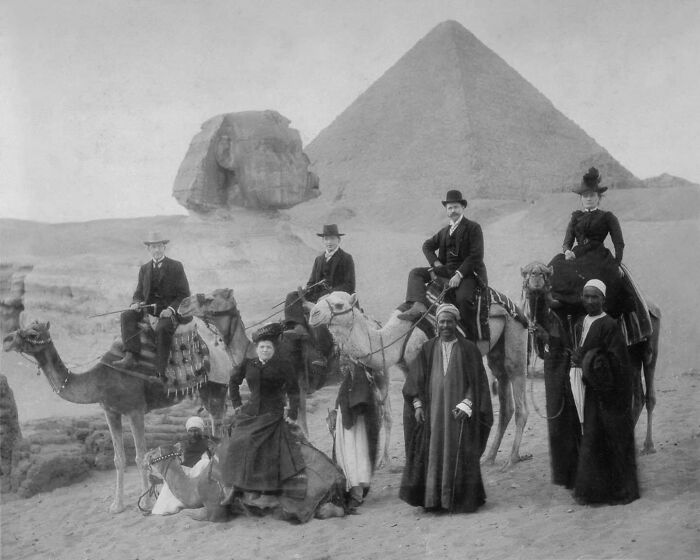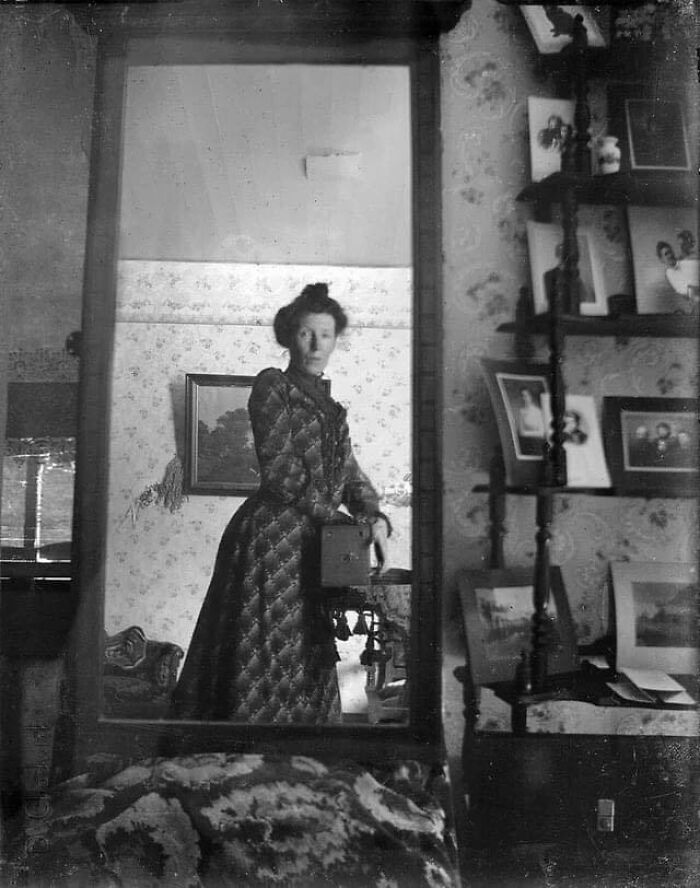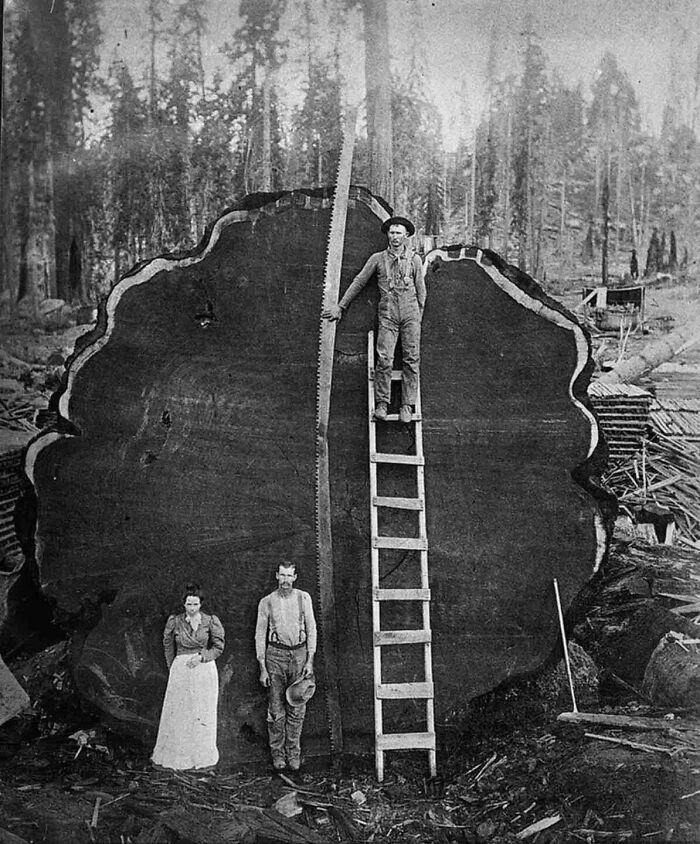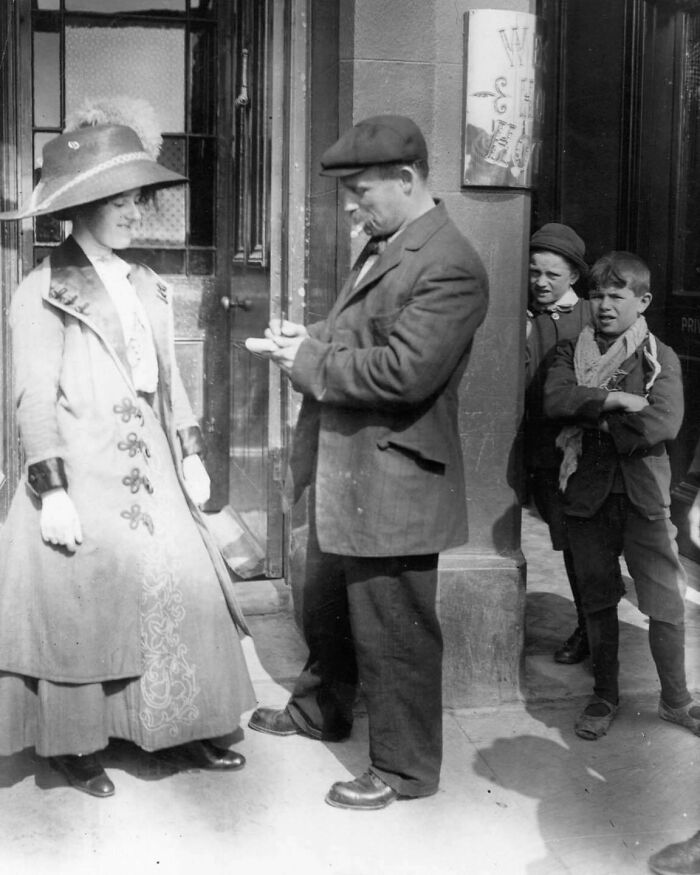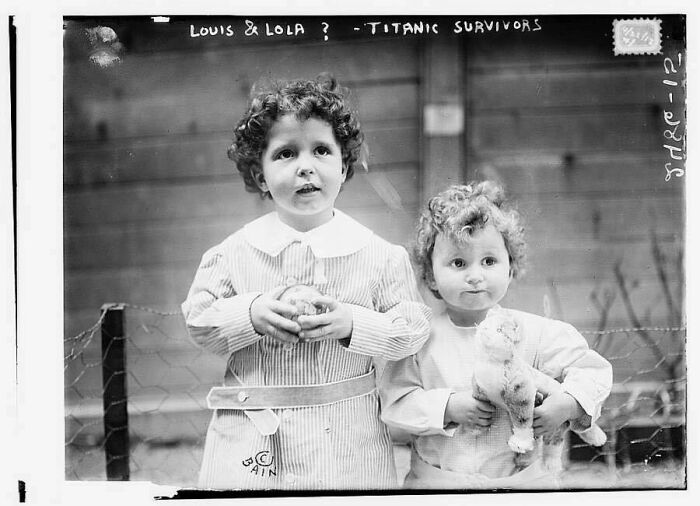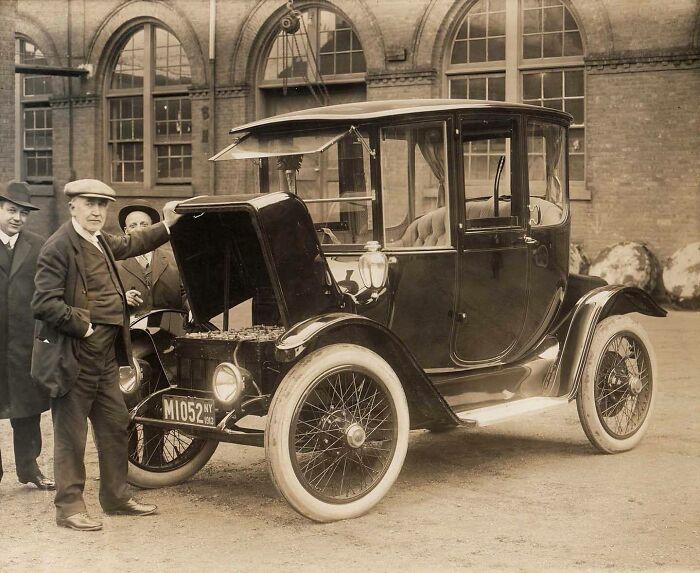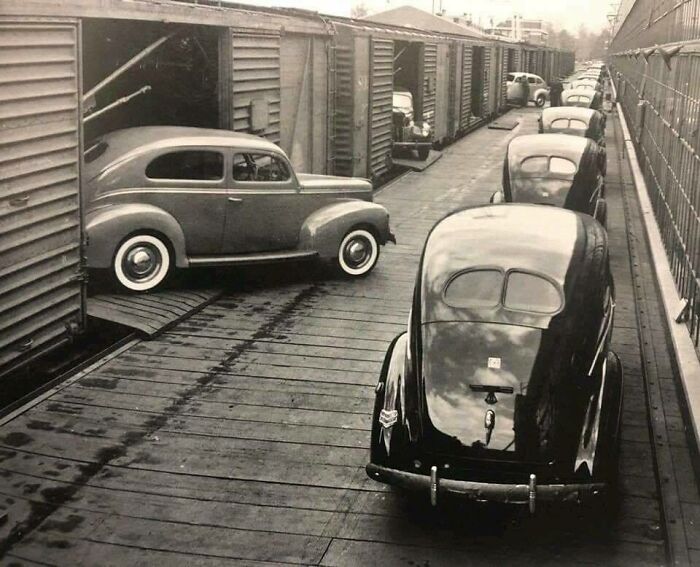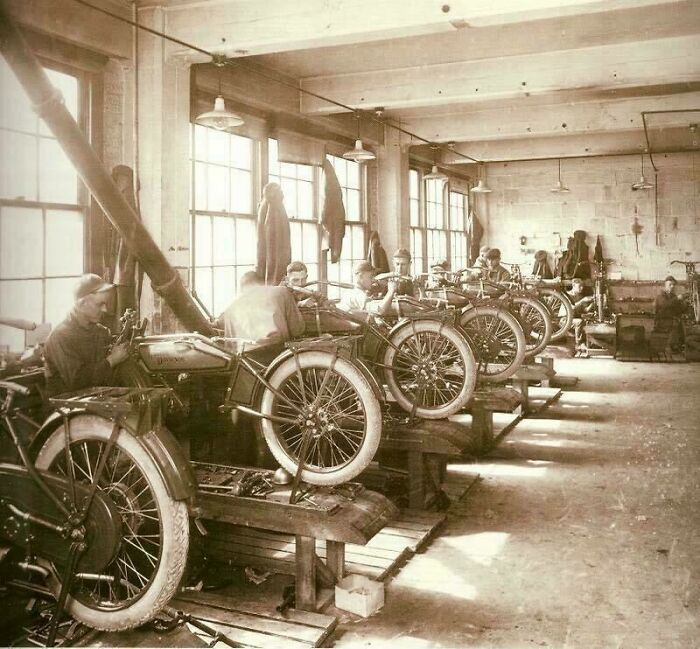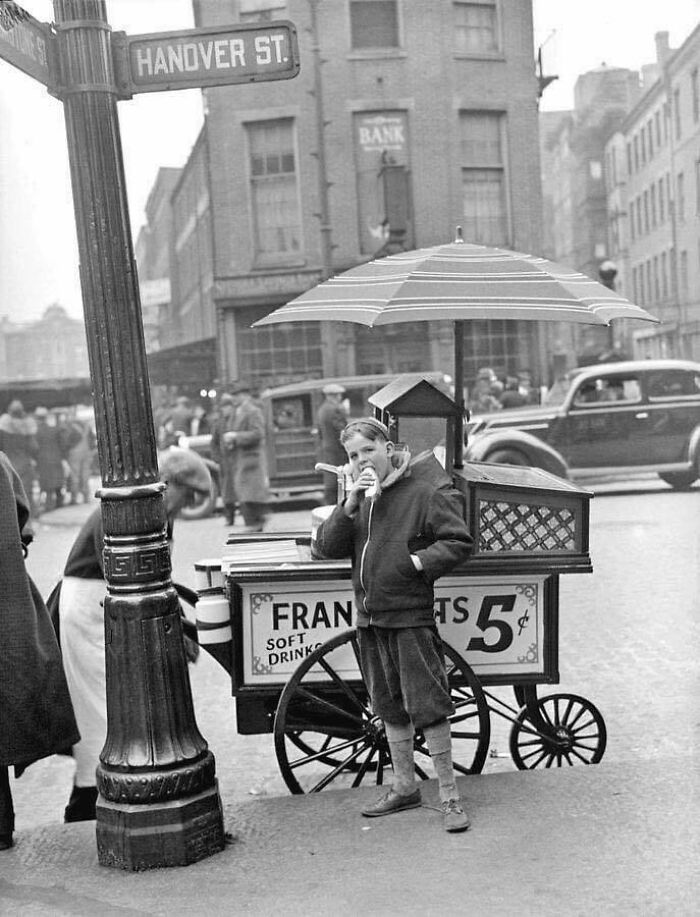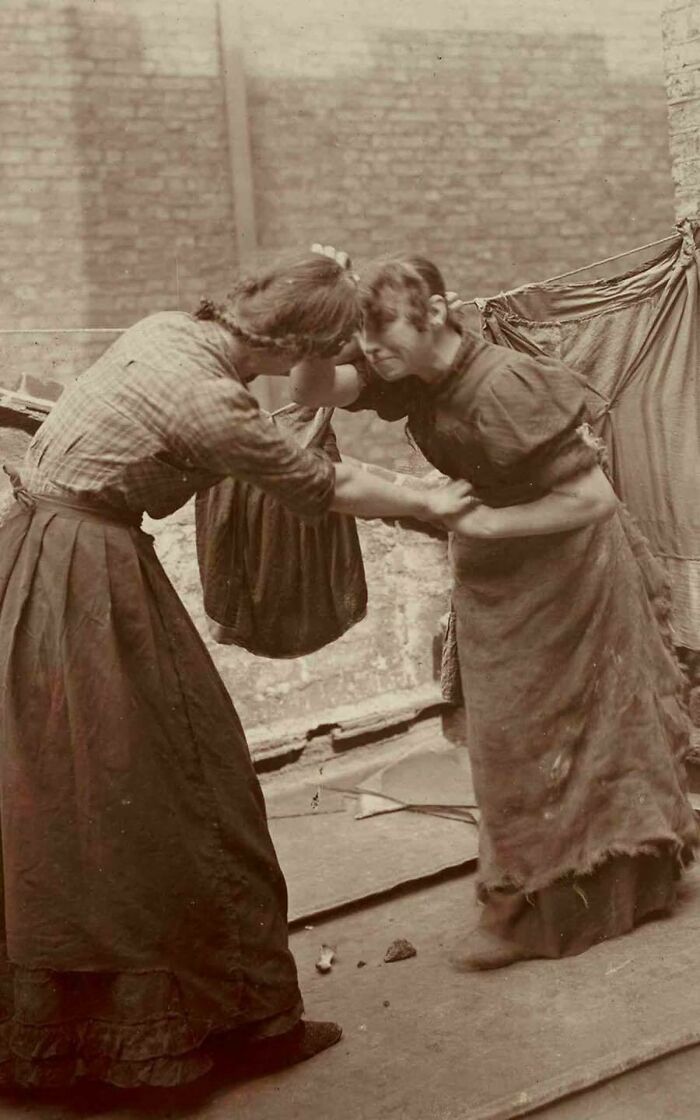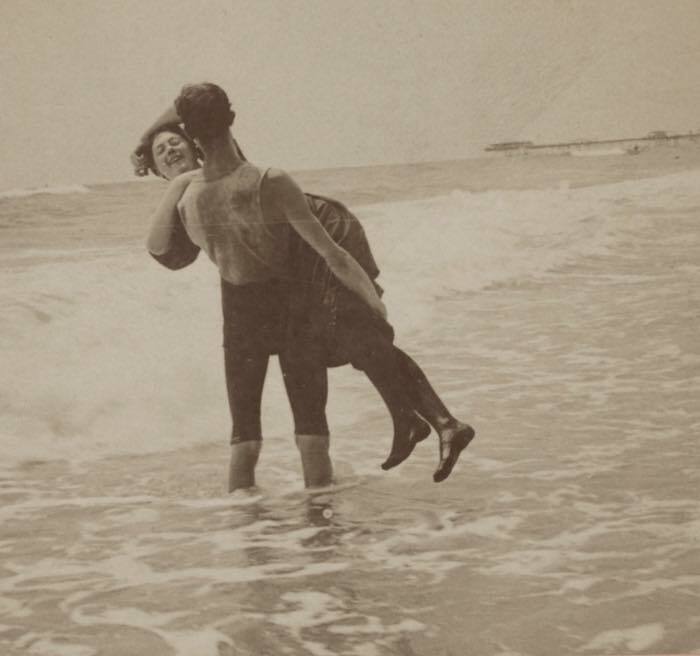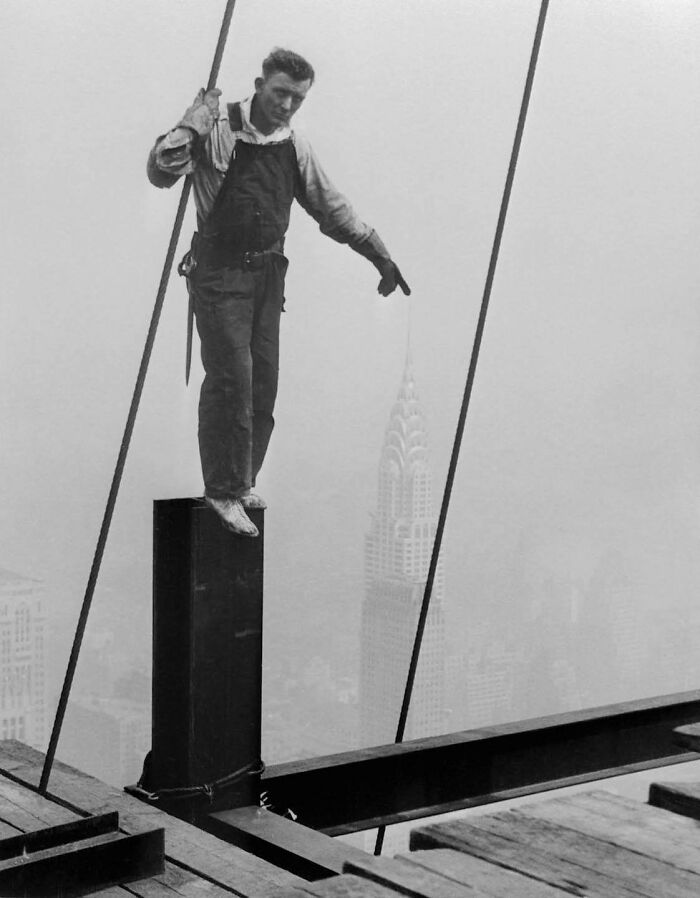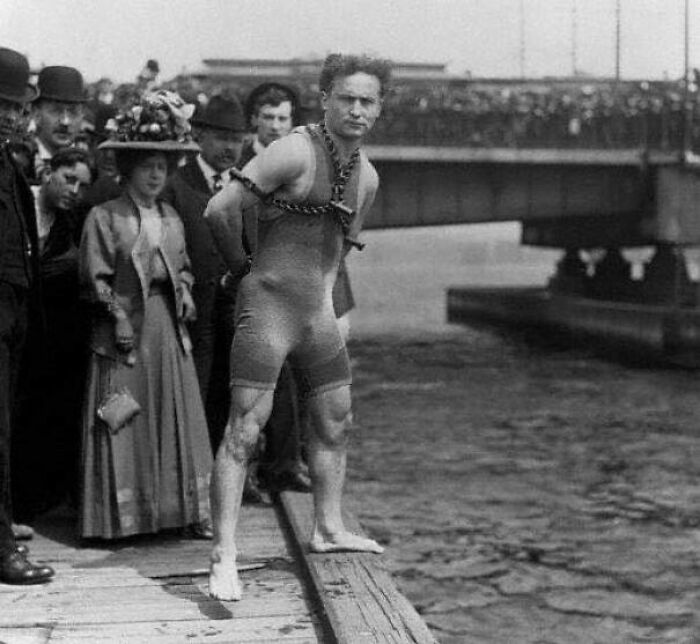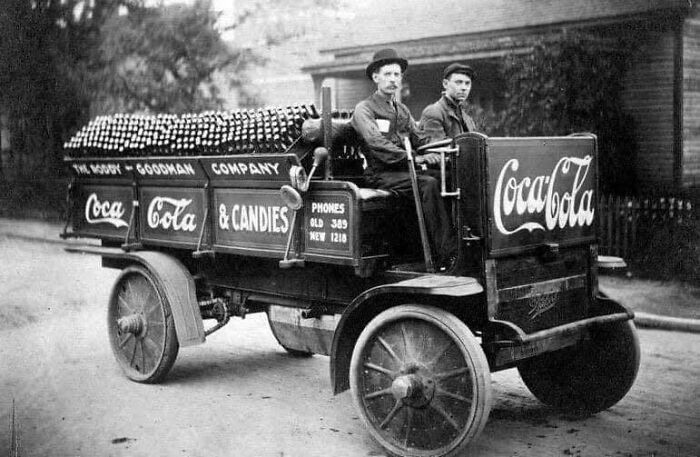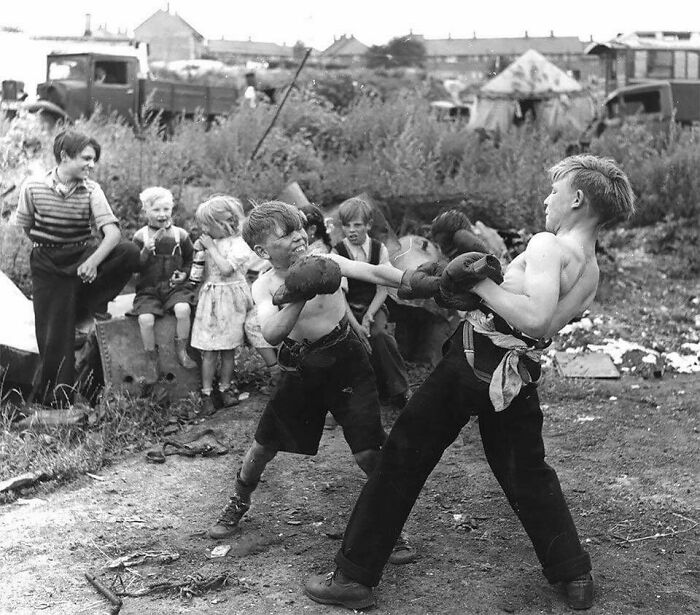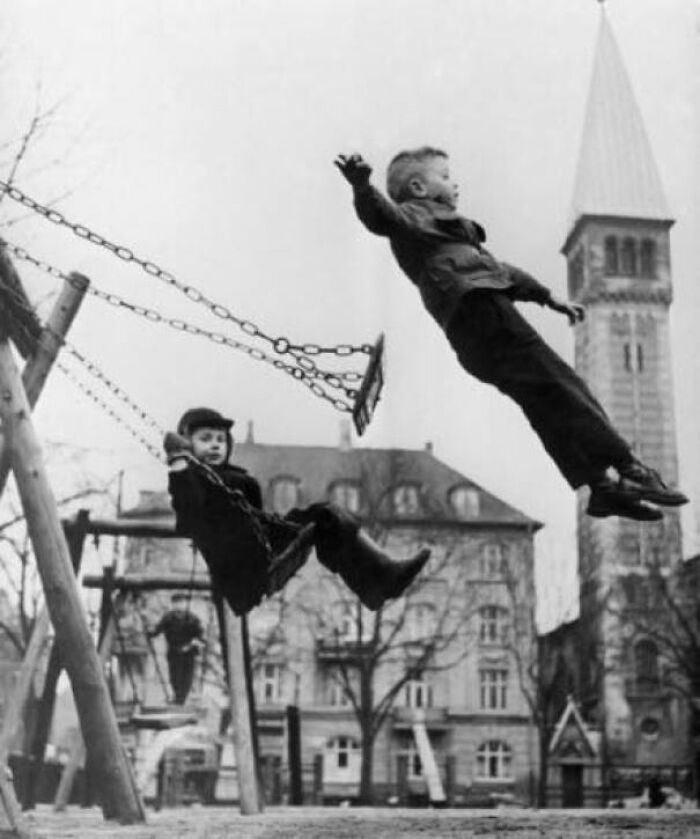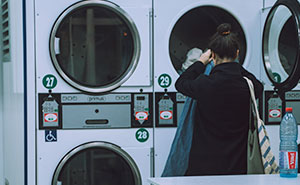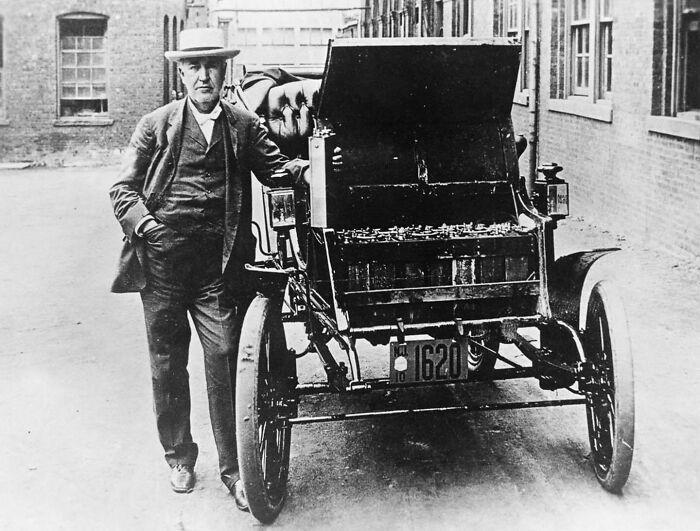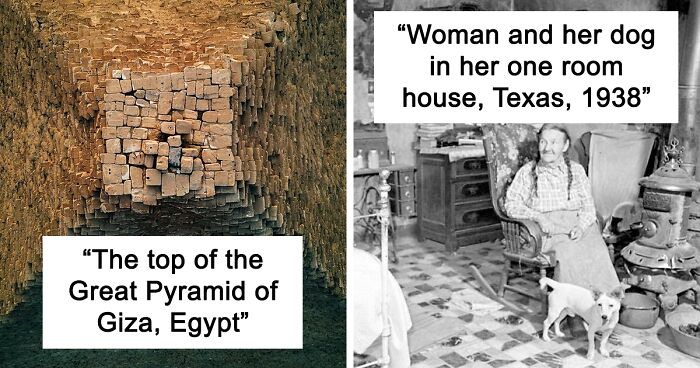
50 Important Historical Photos That Might Change Your Perspective On Things, As Shared By This Facebook Page
Sorting through dusty manuscripts and volumes of mysterious books is how many of us imagine finding evidence in history. But our past is far more than a string of names and dates. It is about how people lived in the past and molded our society. It is about their hopes and dreams, their fears and disappointments, and what pushed them to make the decisions and inventions they did.
But there’s something else that can offer us an intimate glimpse into the lives they led and make historical events seem more real, rather than merely stories. We’re talking about authentic pictures that documented the wonders of that time. Luckily for us, plenty of examples can be found in a heartfelt corner of the internet called the 'Old Photos Of The World' Facebook page.
While we can’t time travel back to the past (yet!), we can at least look at these pictures full of unstaged scenarios and build our own interpretations. So continue scrolling because we at Bored Panda gathered some of the best pictures for you to enjoy! And after you’re done, make sure to check out our earlier compilations full of important historical images and old photos in real life.
This post may include affiliate links.
Camberley Kate, And Her Stray Dogs In England. She Never Turned A Stray Dog Away, Taking Care Of More Than 600 Dogs In Her Lifetime (1962)
An Officer Halts Traffic To Make Way For A Cat Carrying A Kitten Across The Street, 1925
Settler Family On The American Prairie In The 1880s
Photography has come a long way in its rather short history. When you think about it, cameras are everywhere today, helping us capture important occasions and put them into our visual collection of memories. But it was not always like that. A bigger part of history passed without people preserving memorable moments, and only when the French inventor Joseph Nicéphore Niépce created the first permanent photograph in 1826/27, a breakthrough in the history of photography began. People started capturing their everyday life often without realizing future generations would look at this concrete evidence of a world long gone with immense fascination.
This Mirror Portrait Was Taken 100 Years Ago In Japan
Maybe he was a time traveler and was like "let's take a selfie". She was like "a what now?".
Load More Replies...Their time, not “there” time. There is there, their, and they’re. Google them to see how they are used so that you can seem more intelligent.
They're, they're...their isn't anything wrong with there grammar that I can see. You could learn a thing or to if you wanted too, two.
The worst part about this is realizing it was only ~1920s and not like the late 1800s.
Sheesh. And here I thought my Mum was a trailblazer when she did it in the '70s! 1975-Mums-...b4753b.jpg 
You think they did this over and over until they got the perfect one lol
I love how they etched a freehand "frame" into the glass - and how thrilled he looks to be playing with his new toy!
I'm so captivated by this photo. The playfulness in their expressions is utterly adorable.
My grandfather was a photographer, and this picture of him was taken during the Spanish -American War. We have MANY others he himself took from 1910 until his death a few years later. 3Grandpa-H...a3303e.jpg 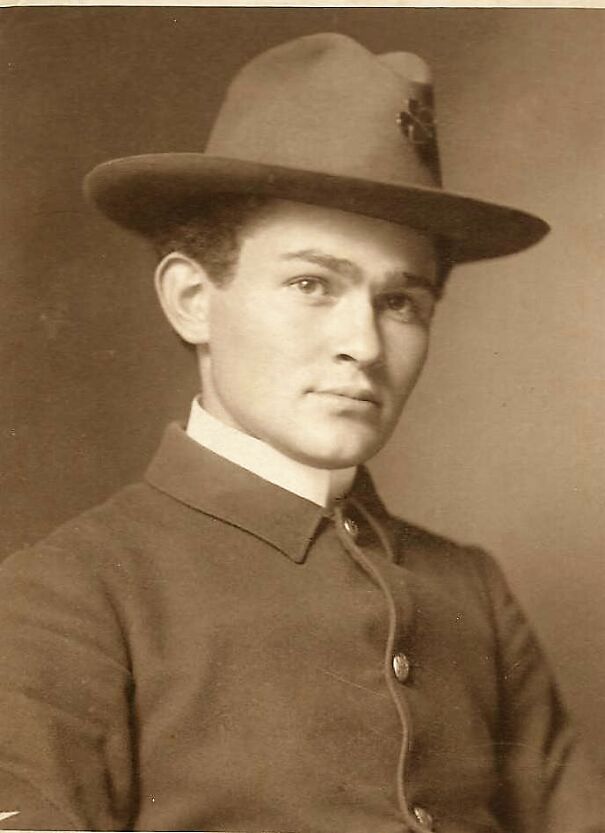
I like their facial impression! I think they were nice people.
Two Armenian Women Pose With Their Rifles Before Going To Battle Against The Ottomans, 1895
Rare Photo Of A Remote Control From The 70's
The 'Old Photos Of The World' Facebook page lets us in on this world. Ever since it was created, it has amassed history and photography lovers from far and wide to share opinions, have discussions and look for answers to the questions they have about that time. It is exactly the place for all history enthusiasts to get a peek into the early days.
"The purpose of this page is to remember history by sharing historic photos and videos from around the world," the creators wrote in the page description. "We post old photos from the 1800s and 1900s. We also love colorized photos and videos!" They invite more than 507K of their devoted fans to go on a trip with them to the past and offer a fair share of content to explore.
Happy French Girl And Her Cat, 1959
Soldier Coming Home To His Daughter After WWII, 1945
David Isom, 19, Broke The Color Line In A Segregated Pool In Florida On June 8, 1958, Which Resulted In Officials Closing The Facility
Good man, David! You and your fellow campaigners made the world a better place. But there's still a long way to go.
According to Anna Pegler-Gordon, associate professor at the University of Michigan, even when history textbooks are full of images that illustrate our past, we rarely spend time exploring these pictures and focus on the written content instead. "We do so because of the way that images are presented in many historical texts and also because of the way that historians are trained to view images — as illustrations of written history rather than sources of history themselves," she explained.
However, there’s evidence of a "visual turn" in learning and teaching the subject because more academics are starting to pay attention to the paintings, illustrations, and photographs in history. Pegler-Gordon noticed that visual media often seems more accessible to her students than written records. They sometimes mention to her that images give a more concrete shape to a world that sometimes seems intangible. Moreover, historical pictures transmit information much quicker than words written in an old, unfamiliar, or even foreign language.
Two Gentleman From The Early 1900s
A Man Getting To Hear Music On A Record Player, 1922
Same Scene, Same Motorcycle, Same Woman, 72 Years Old After
"Our students are often sophisticated readers of visual media and, with guidance and support, they enjoy the process of viewing and analyzing historical representations," the historian wrote. "However, visual images are also inaccessible for the same reasons that they are accessible. The apparent legibility of the image hides its historical construction, the ways in which the image was made, distributed, and read at the time it was produced and since," she added.
The Top Of The Great Pyramid Of Giza, Egypt
These Progressive High School Girls Learn The Finer Points Of Auto Mechanics In 1927
Train Travel In The 1890s
To become better at reading images, we need to consider two things. The first would be to become more informed about our past and the context that surrounds it. Second, we should also learn how to distinguish when we're looking at an authentic photograph, and when we come across a manipulated one. Bored Panda previously reached out to the professor, writer, and amateur homesteader Joshua Wilkey who explained that while photography is a powerful tool for understanding history, it is also necessary to view all pictures with a critical eye.
Helen, An American Indian Telephone And Switchboard Operator, Montana, 1925
This is actually pretty mind blowing. To me at least. Old culture meeting new culture.
A Little French Girl Gives An American Soldier A Kiss On Valentine’s Day, 1945
Cat Taking A Photo, 1909
"While we might be accustomed to skepticism of photos in the age of Photoshop, photo editing isn't the only thing that should give us pause," Wilkey noted. He provided a few helpful questions people can ask themselves when analyzing old pictures. For example, is the photo lacking context? Or what is happening outside of the frame?
"There's always the chance that the viewer is seeing an intentionally skewed perspective," Wilkey told us. "A picture might be worth a thousand words, but sometimes it takes a thousand words to explain the context of a single photo. Some pictures are downright strange without context."
Four Generations, Circa 1905
The two.women in the middle, look like Sisters! Instead of mother- daughter
Woman And Her Dog In Her One Room House, Texas, 1938
Sophia Loren, Circa 1955
Moreover, you should determine whether the photo is representative. In other words, can the photo indicate something bigger than itself? "For example, the internet has, for years, made fun of North Korean dictator Kim Jong Un for marveling at seemingly cool but likely fake things like modern and well-stocked grocery stores. These photos are meant to be representative images portraying for Kim's people and for foreigners that North Korea is a modern and well-nourished society," he explained. However, "the reality is a bit different."
Men In Harlem Gather In Front Of A Shop To Listen To The Radio, 1940
A Housewife Taking Frozen Long Johns Off The Washing Line, 1940s
Do Your Bit! Skate To Work. Save Gas, NYC, 1940s
“Mother And Son” Ireland, 1890
He's holding what looks to be a ticket for a ship. After the horrors of the famine, I hope they had some happy years. So many people left Ireland in the 19th century, but most left their heart behind.
Easter Bunny Bringing Joy To Children, 1955
The Use Of Masks During The Spanish Flu Pandemic, 1918
Testing Out The Latest Flight Helmet In A Highly Scientific Way, 1912
Charlie Chaplin Meeting Deaf-Blind American Author Helen Keller, 1919
Drying The Pasta, Italy, 1929
This Farmhouse Once Stood In Manhattan Where 84th Street And Broadway Now Cross (1879)
Unusual Portrait Of A Victorian Lady
Samurai Warriors Taken Between 1860 And 1880
Unusual Portrait Of A Victorian Lady
Berlin Zoo Handler Gives Roland, A 4,000 Pound Elephant Seal, A Snow Bath, 1930s
Grandma Patching The Only Pants Of Her Grandson, 1907
In 1839, Robert Cornelius Took The World's First Selfie
Bavarian Boy Enjoying His Camera, 1910
Three Old School Archers In Japan, 1860s
A Soldier Coming Home From War, 1940s
So Young & So Happy, 1920s
I love this picture. And I'm not even going to speculate about where her other hand is
Two Ladies And A Local Man Watching The Sunset, 1925
An Angry Kangaroo Is Seen Knocking Out A Woman For Trying To Photograph Him, 1960's
Queen Elizabeth And Prince Philip Share A Laugh While Watching A Rope Acrobat, 1963
The Last Known Photo Of The Titanic Afloat. April 12, 1912
This is from Francis Browne's collection but Snopes has done a detailed explanation on what they consider to be the final photograph of the Titanic if you want to see the one experts believe it is https://www.snopes.com/fact-check/final-photograph-titanic/ And Time Magazine about Browne and other photos of inside the Titanic which have been used as references https://time.com/3787439/titanic/
Robert Wadlow, The Tallest Man In History (8 Ft 11 In)
Davide Chislagi Testing His Single-Wheel Engine, 1933
King George VI Of England Enjoying A Slide, 1925
Bonnie Parker And Clyde Barrow In Arkansas, 1933
Don't get me wrong, I love historic photographs but not providing the source, not only robs credit from the photographers but it also robs the institutions that hold them money. Not only that 99% of these are copyrighted and therefore this is stealing if you don't cite your source.
BP always has a tiny link to their sources underneath the photo (lower left corner). This one links to THEIR source… a Facebook group. So feel free to let their moderators know.
Load More Replies...I’m a copyright professor and can’t resist the opportunity to teach! A few fun facts… 1) Every American photo before 1925 is in the public domain. The copyright has expired, and anyone is free to copy it. 2) Most American photos before 1978 are not under copyright. That’s because until 1978 you didn’t get copyright protection unless you registered for it. Ordinary people didn’t do that. Photographers often might publishers usually did. But there was also a system where you had to renew your copyright after certain number of years and people often didn’t bother. It is really difficult to track down with certainty Whether a historic photo is protected by copyright or not. 3) It is always respectful to give credit to a photographer or other creator, even when copyright law does not require it. But with many of these old photos the photographer is unknown, lost to history. 4) If a creative work is under copyright law, crediting the source doesn’t make it legal to copy it!
That required thought and effort. These "editors" can't be bothered.
“Luckily for us, plenty of examples can be found in a heartfelt corner of the internet called the 'Old Photos Of The World' Facebook page“
Great collection, but many of them should have their stories mentioned also, because it adds many to the photo.
The photo of the woman taking frozen long johns off the clothes line is my mother!! Her brother, my uncle, was a commercial photographer and used family members as models. To make the clothes look frozen they soaked them in water and froze them in a big freezer in the basement! As a kid I was in many of his advertisement photos so I love old pictures and much to my surprise and delight came across this photo of my mom while browsing on Bored Panda!!!
Don't get me wrong, I love historic photographs but not providing the source, not only robs credit from the photographers but it also robs the institutions that hold them money. Not only that 99% of these are copyrighted and therefore this is stealing if you don't cite your source.
BP always has a tiny link to their sources underneath the photo (lower left corner). This one links to THEIR source… a Facebook group. So feel free to let their moderators know.
Load More Replies...I’m a copyright professor and can’t resist the opportunity to teach! A few fun facts… 1) Every American photo before 1925 is in the public domain. The copyright has expired, and anyone is free to copy it. 2) Most American photos before 1978 are not under copyright. That’s because until 1978 you didn’t get copyright protection unless you registered for it. Ordinary people didn’t do that. Photographers often might publishers usually did. But there was also a system where you had to renew your copyright after certain number of years and people often didn’t bother. It is really difficult to track down with certainty Whether a historic photo is protected by copyright or not. 3) It is always respectful to give credit to a photographer or other creator, even when copyright law does not require it. But with many of these old photos the photographer is unknown, lost to history. 4) If a creative work is under copyright law, crediting the source doesn’t make it legal to copy it!
That required thought and effort. These "editors" can't be bothered.
“Luckily for us, plenty of examples can be found in a heartfelt corner of the internet called the 'Old Photos Of The World' Facebook page“
Great collection, but many of them should have their stories mentioned also, because it adds many to the photo.
The photo of the woman taking frozen long johns off the clothes line is my mother!! Her brother, my uncle, was a commercial photographer and used family members as models. To make the clothes look frozen they soaked them in water and froze them in a big freezer in the basement! As a kid I was in many of his advertisement photos so I love old pictures and much to my surprise and delight came across this photo of my mom while browsing on Bored Panda!!!

 Dark Mode
Dark Mode 

 No fees, cancel anytime
No fees, cancel anytime 









